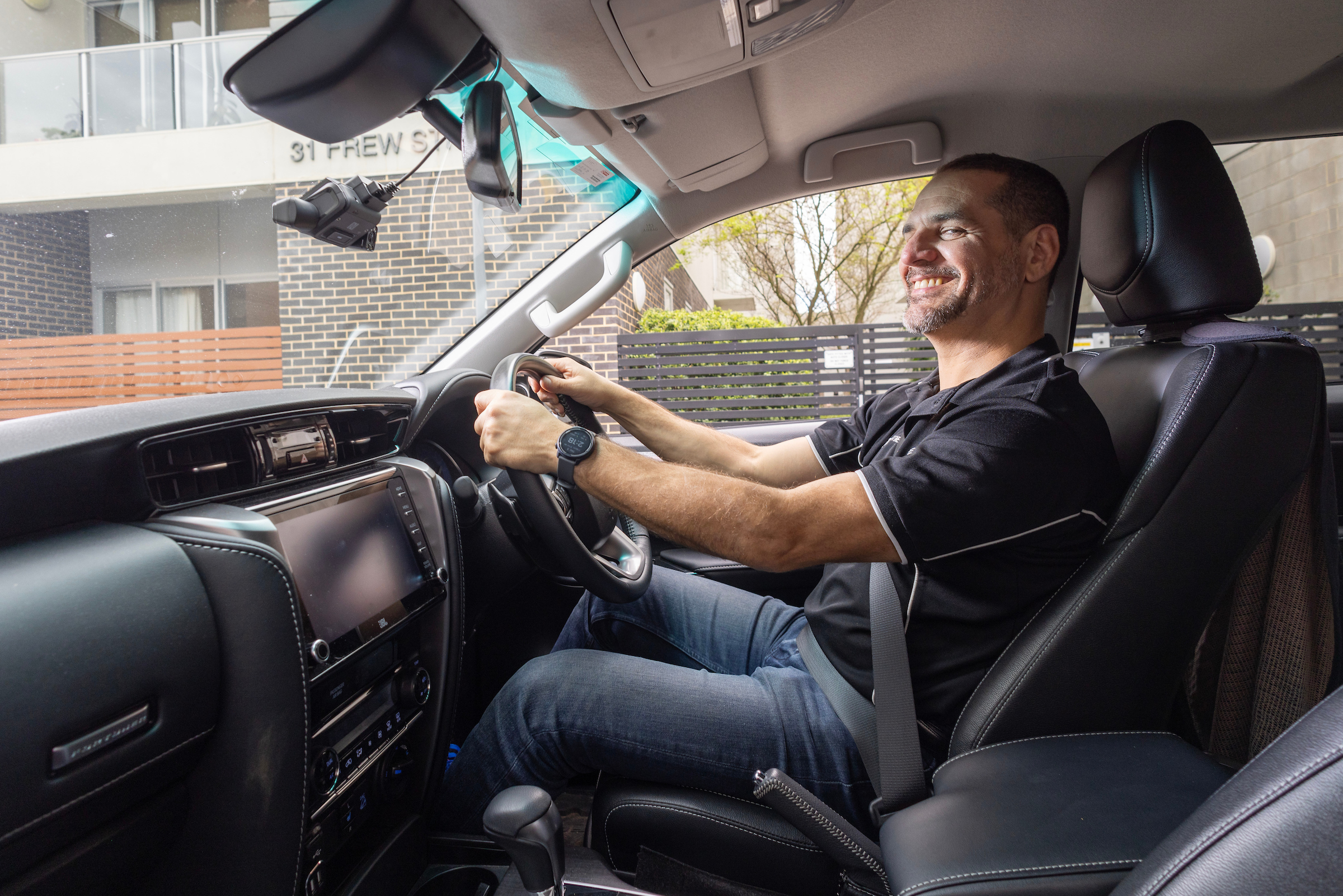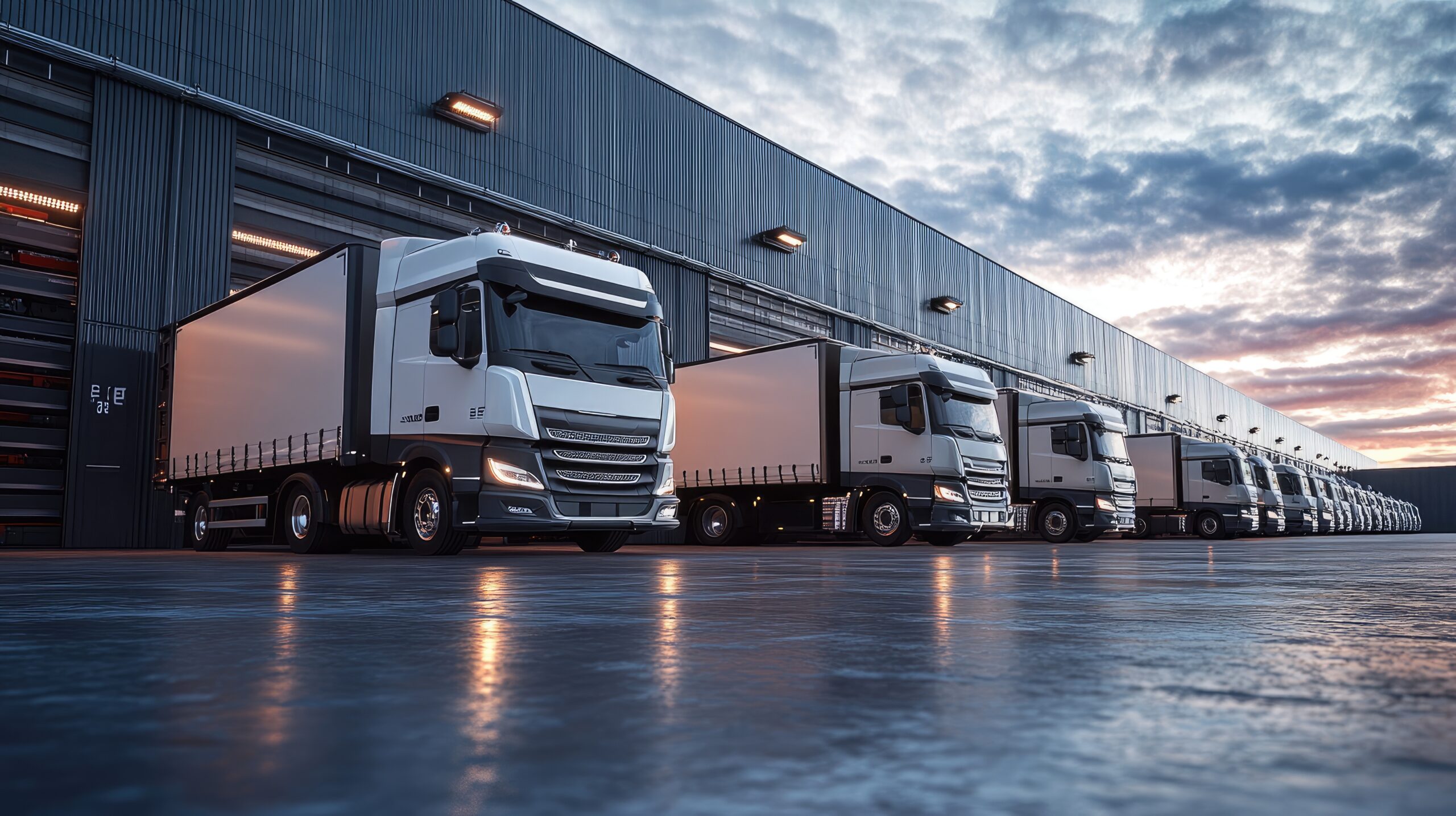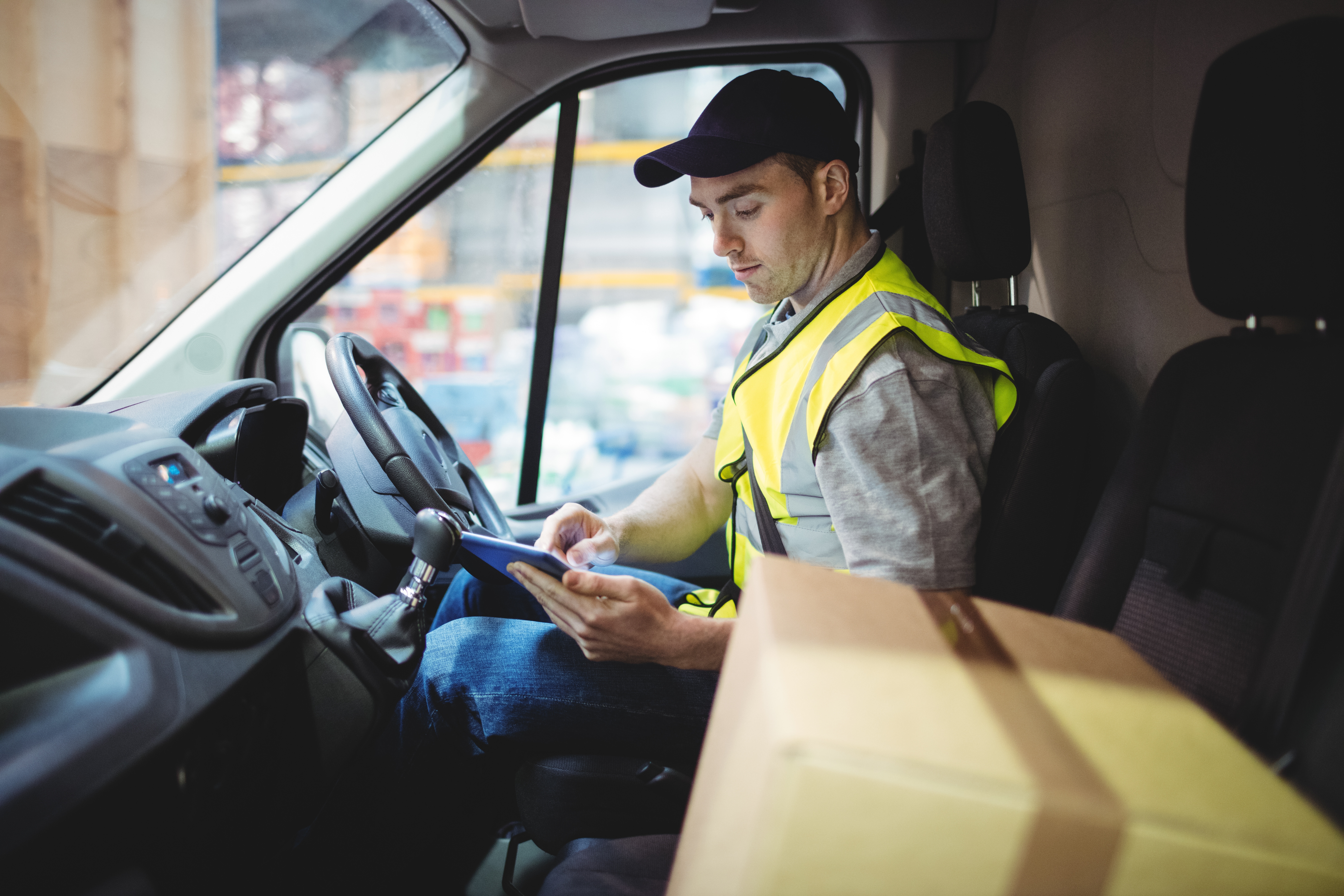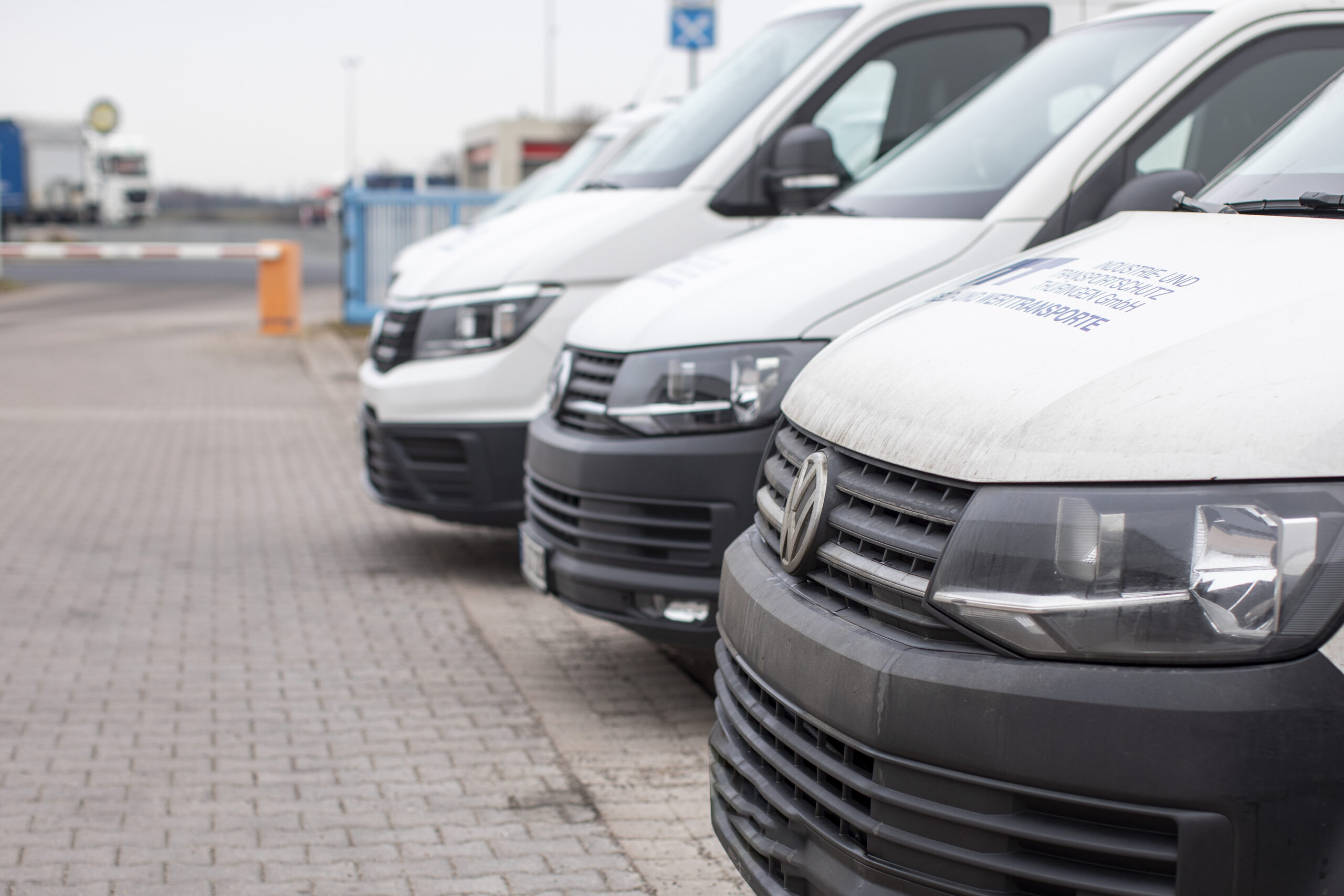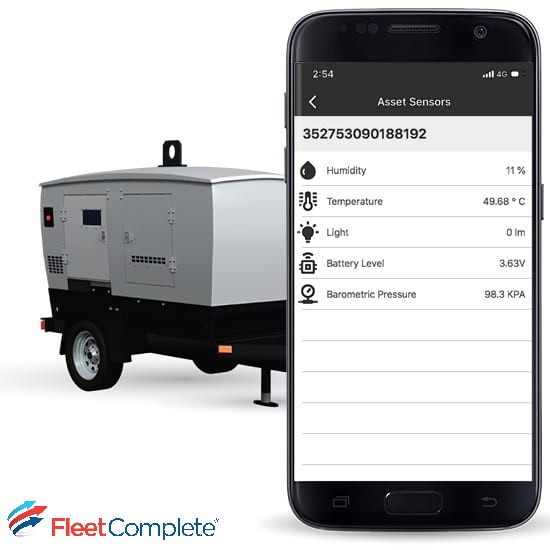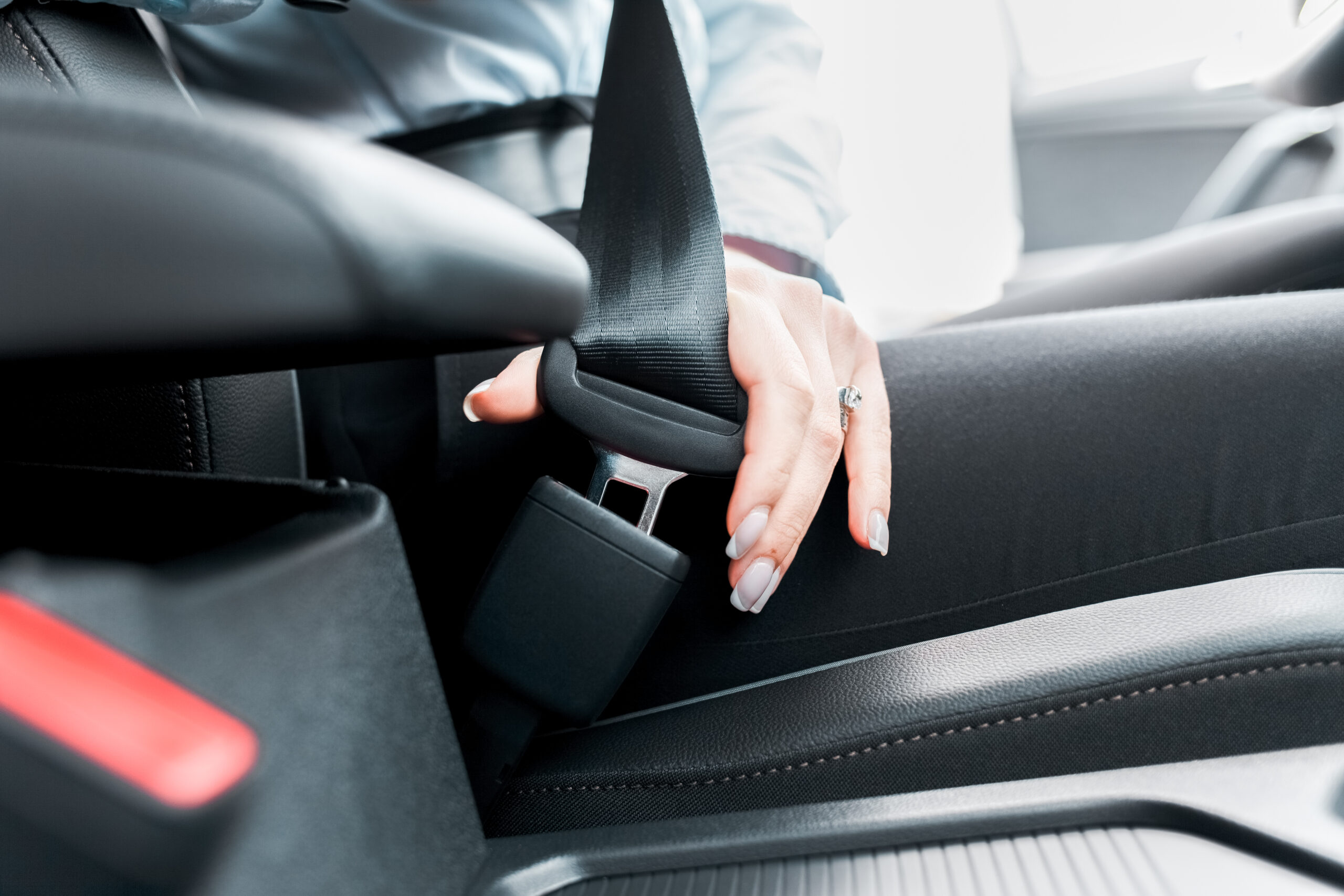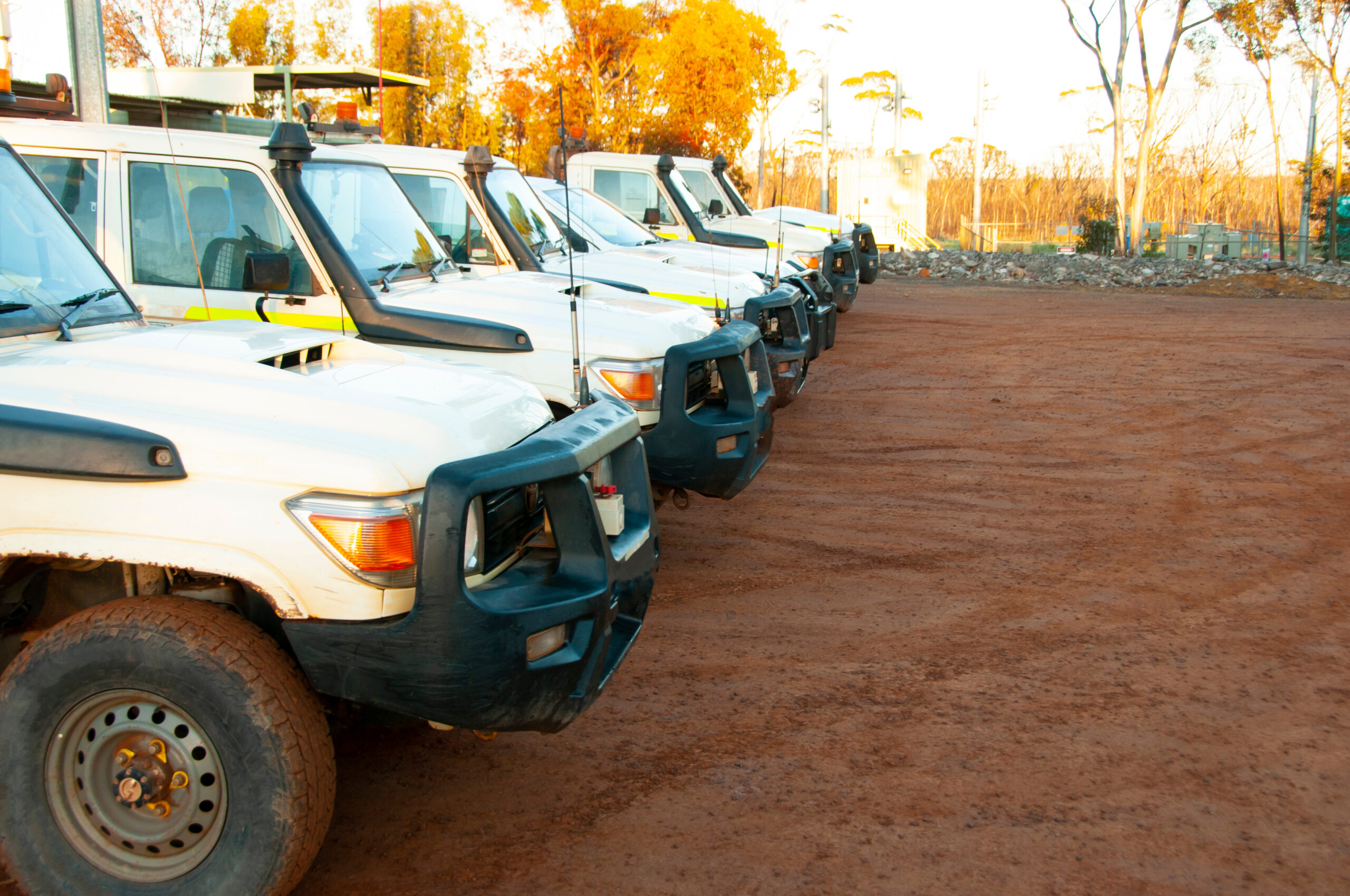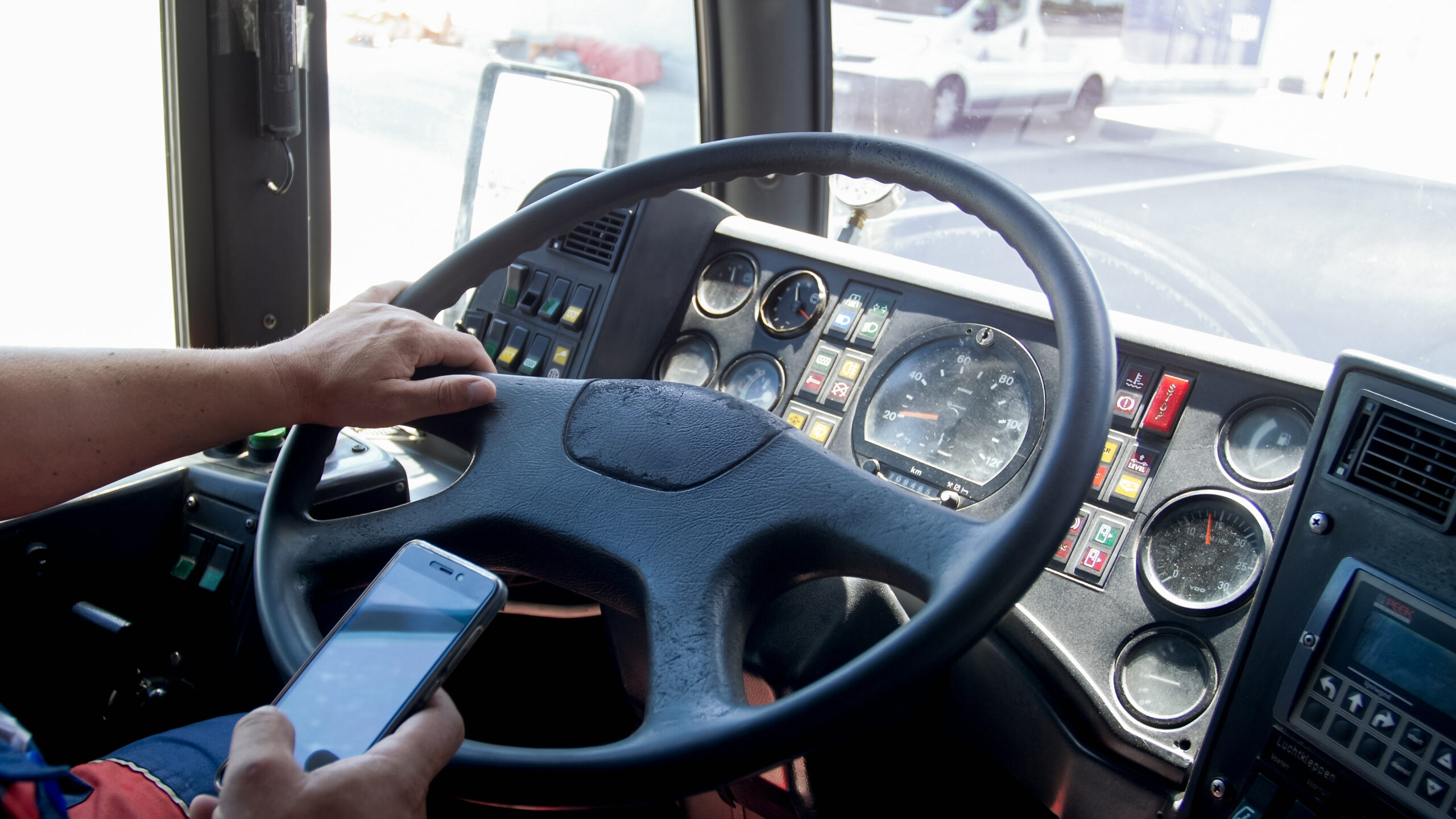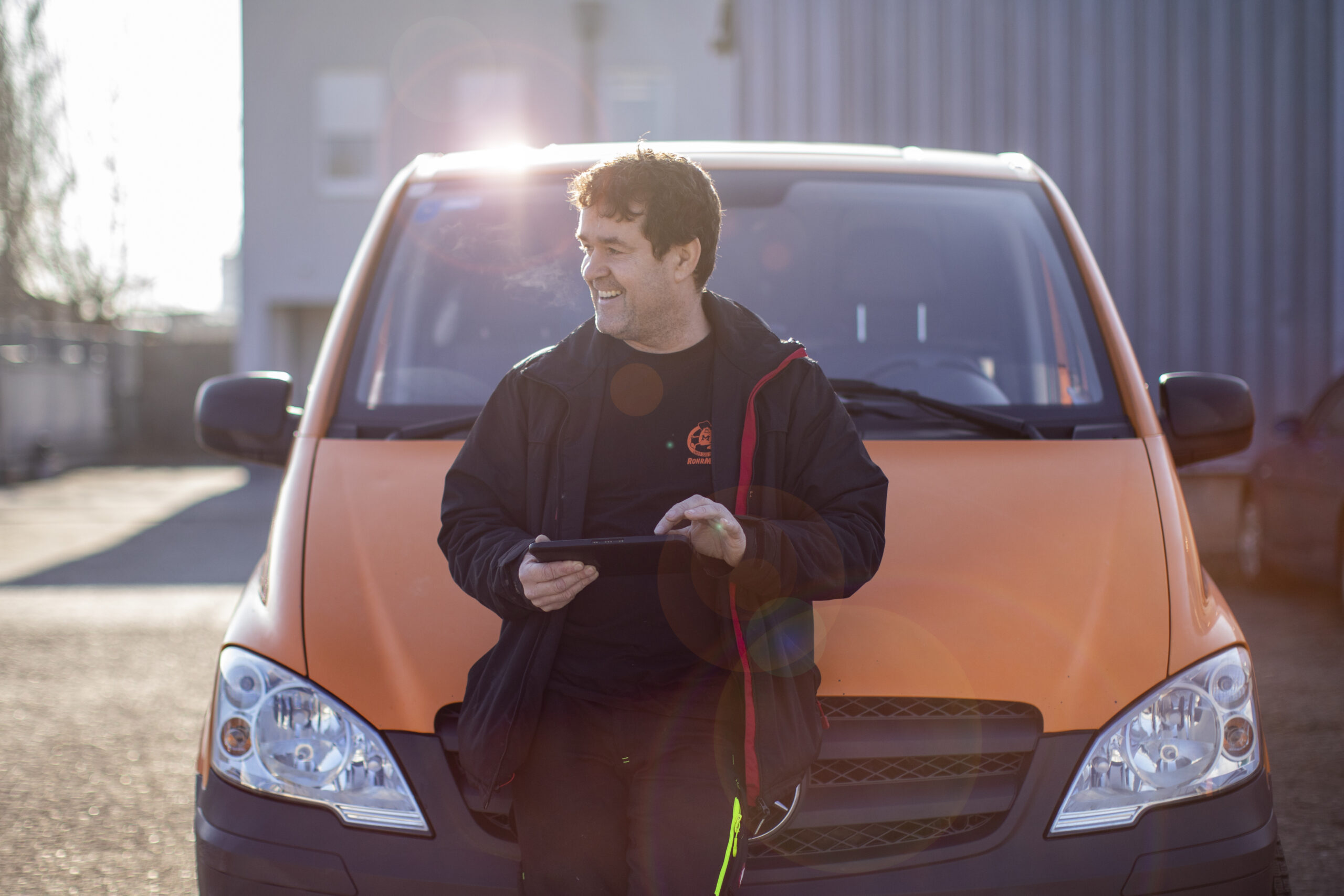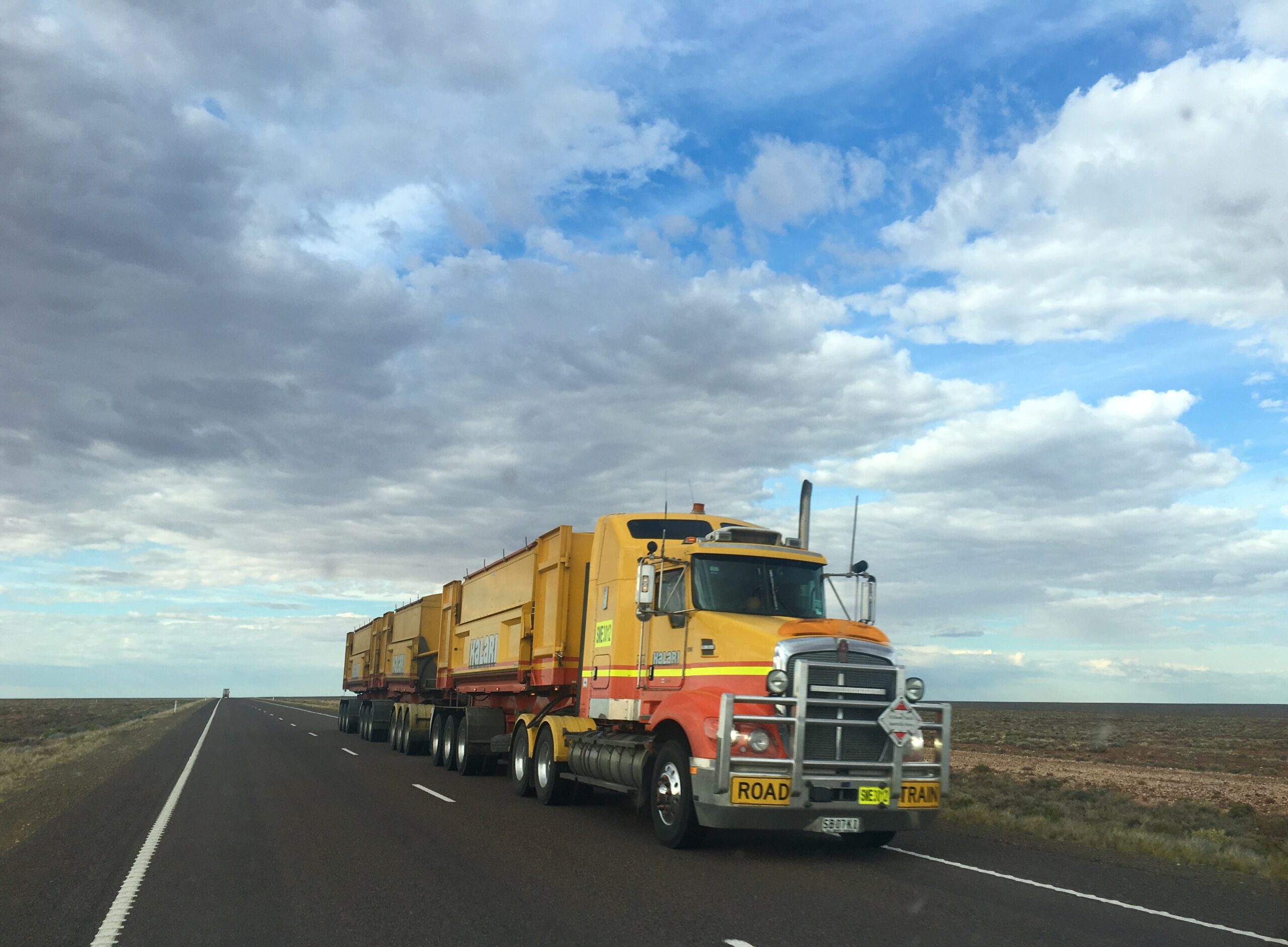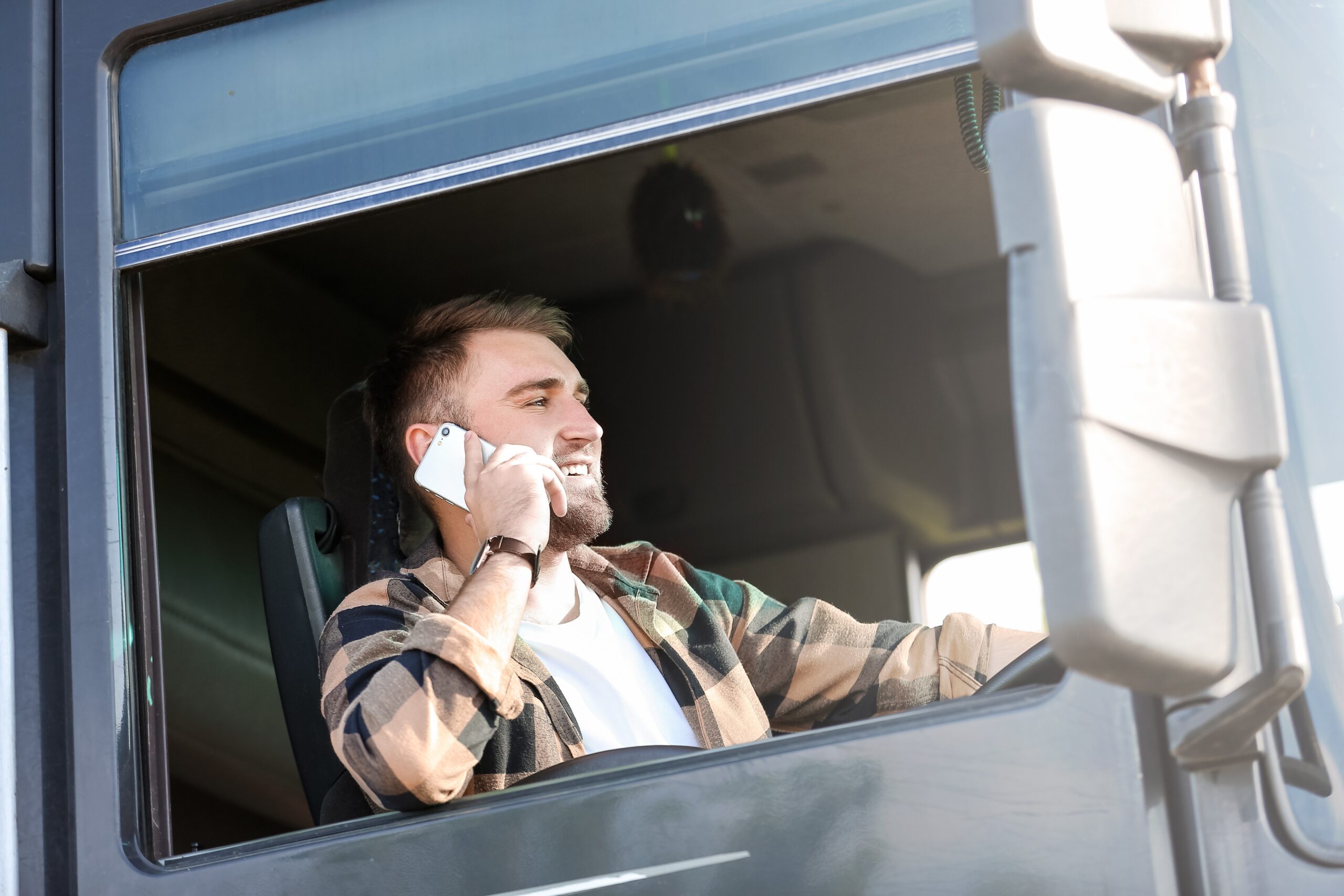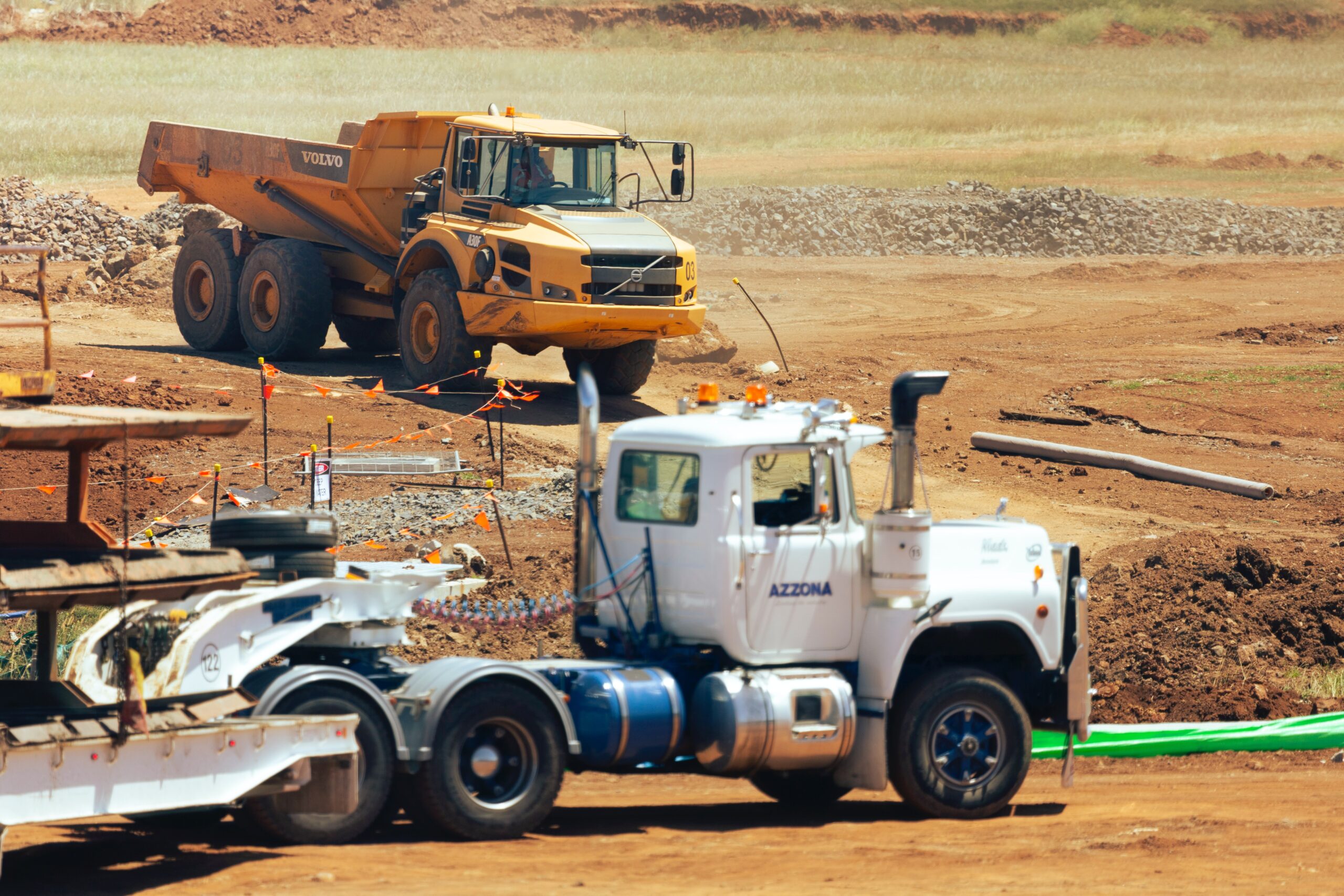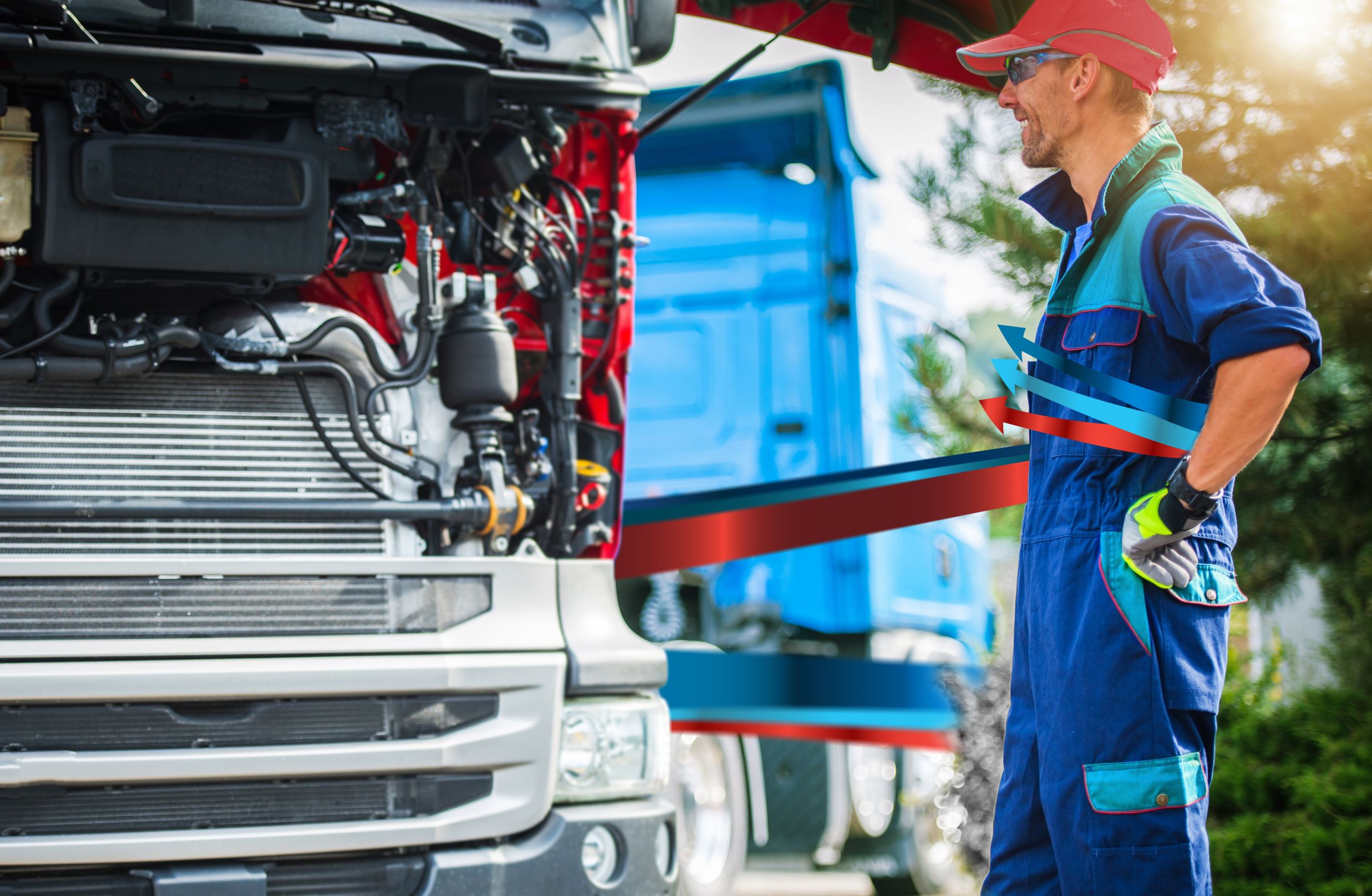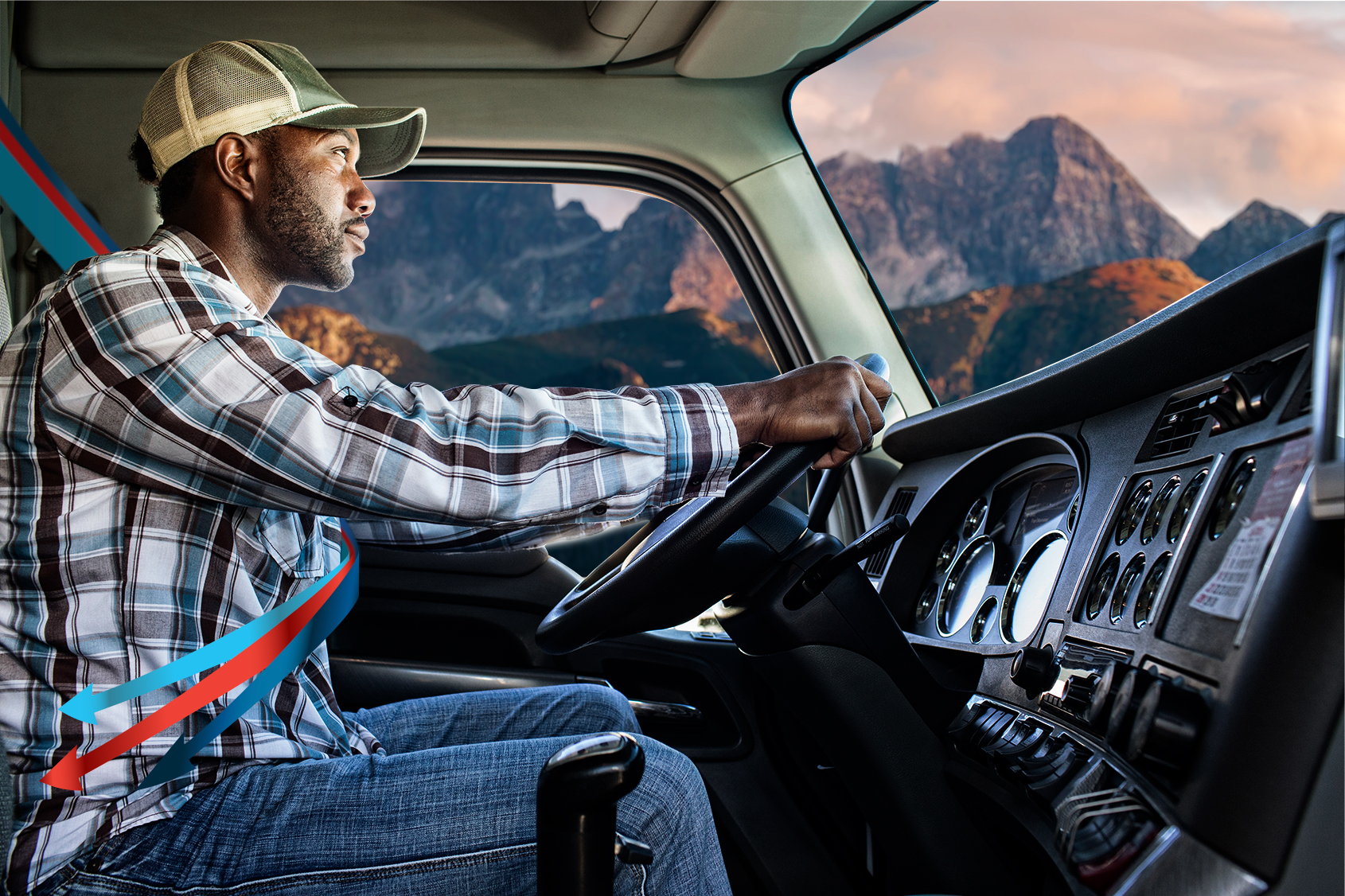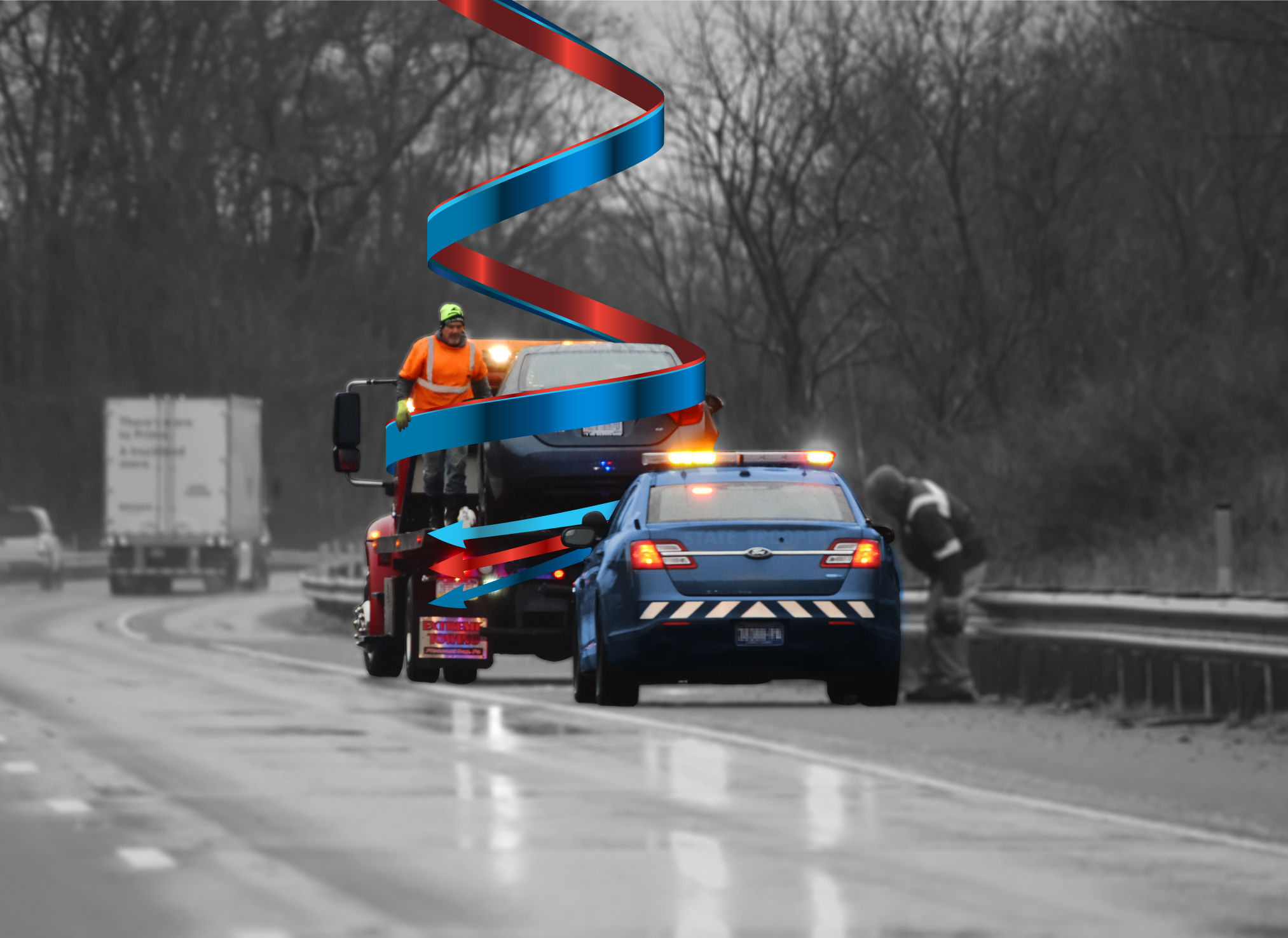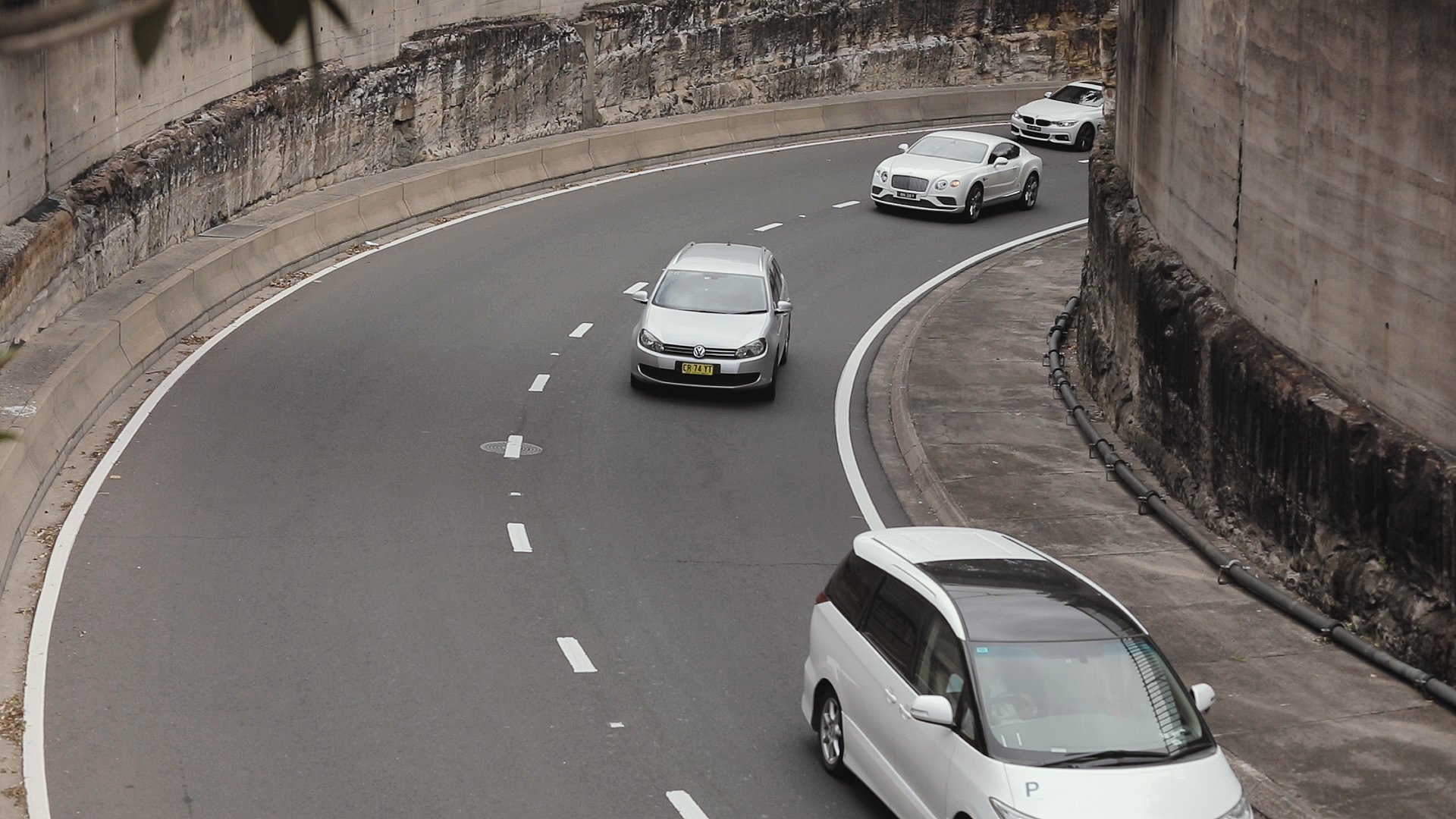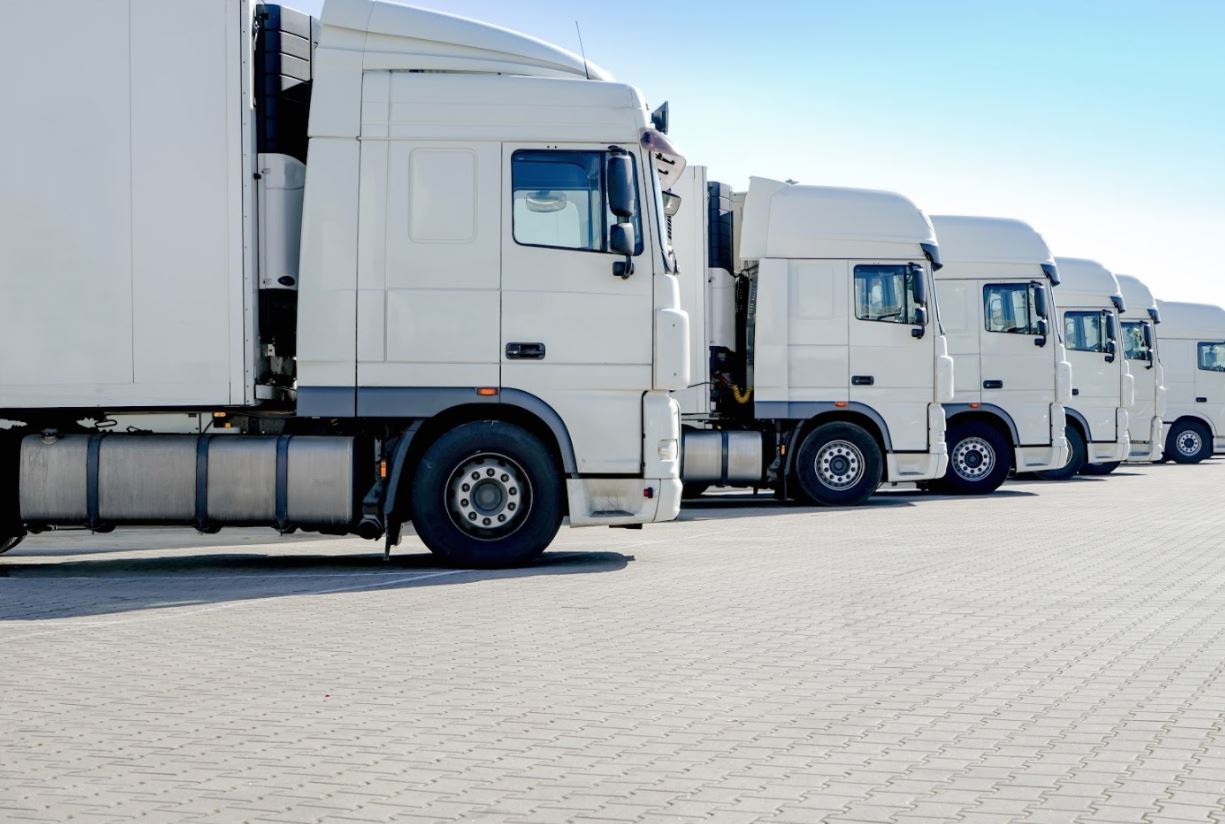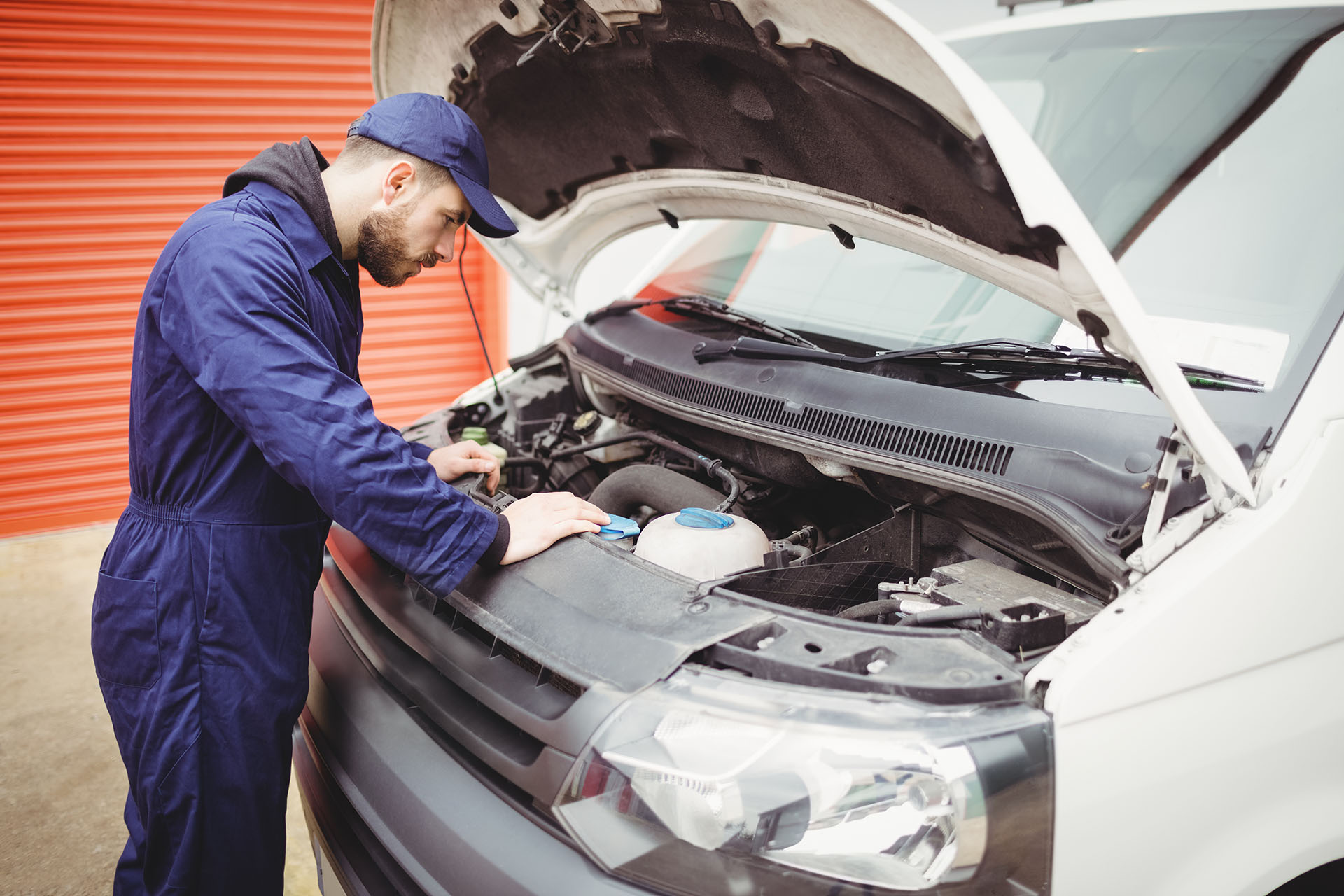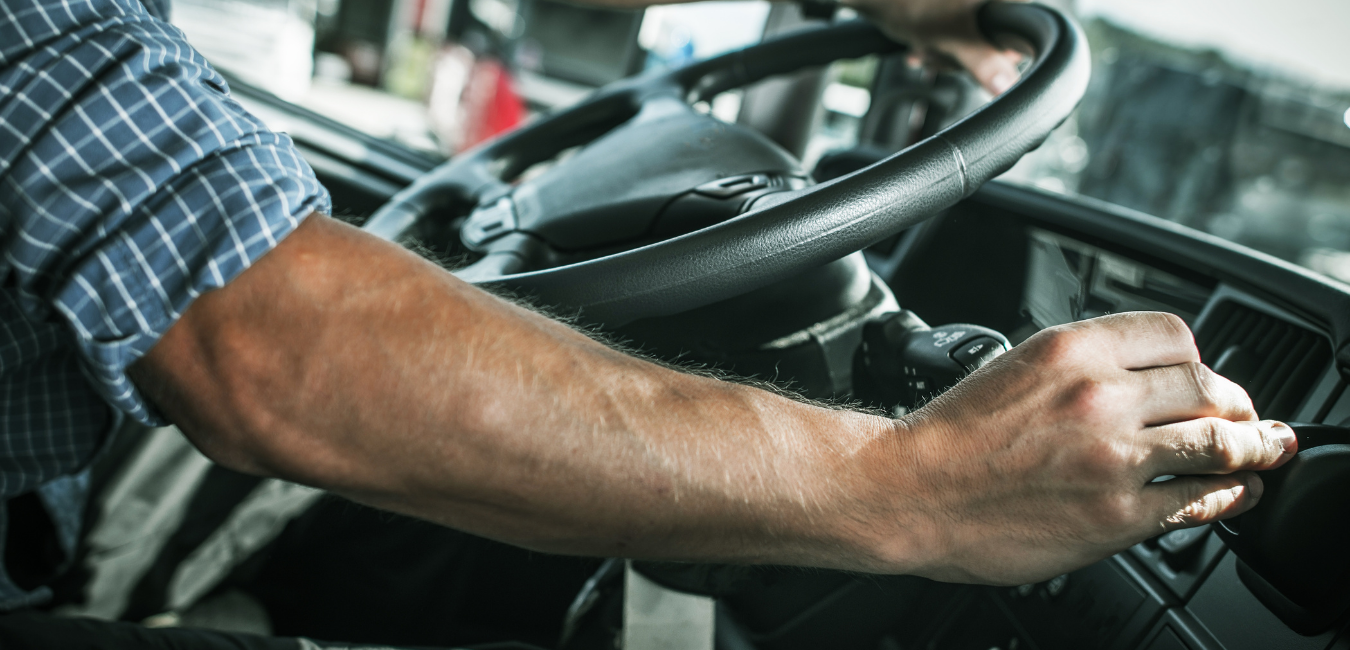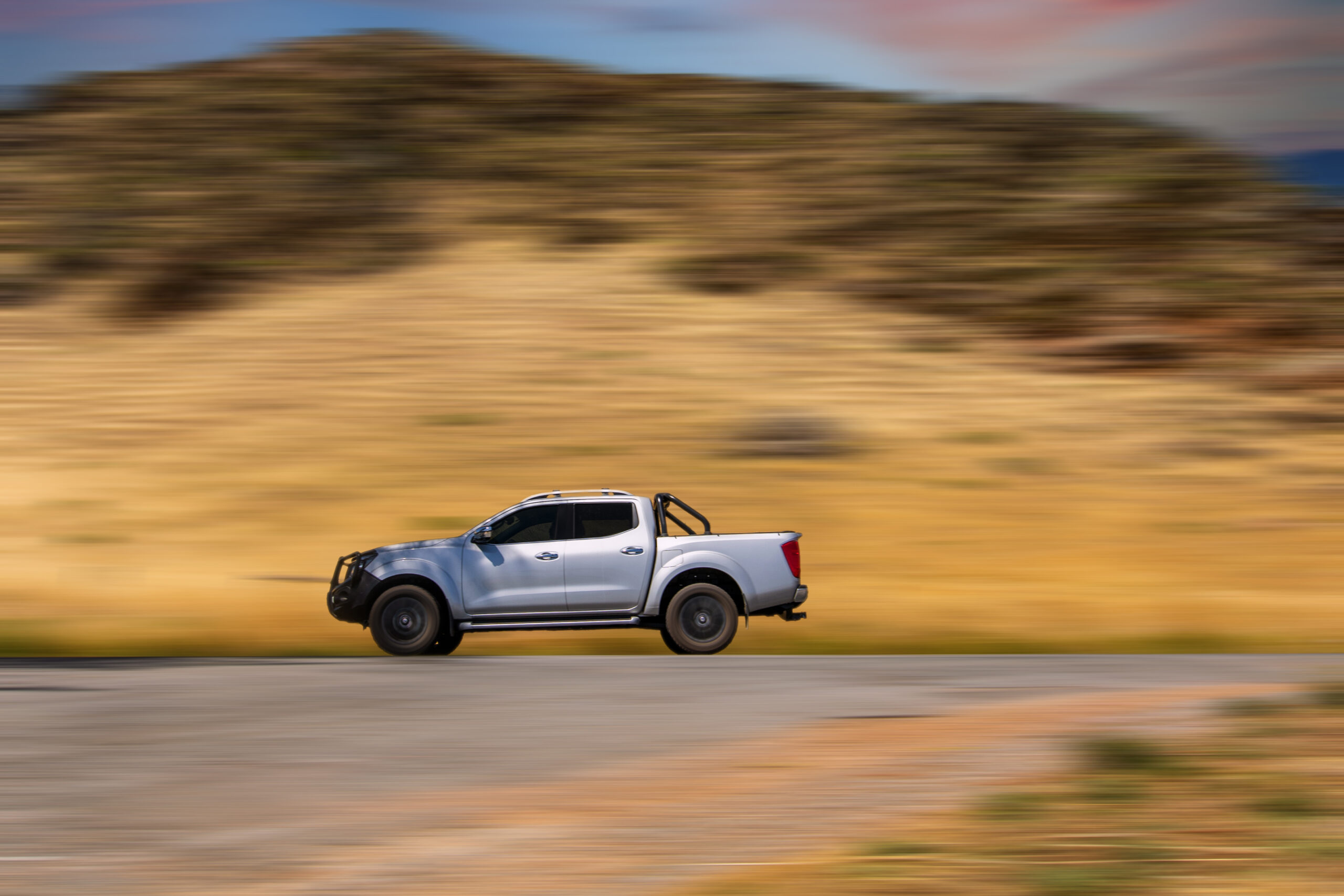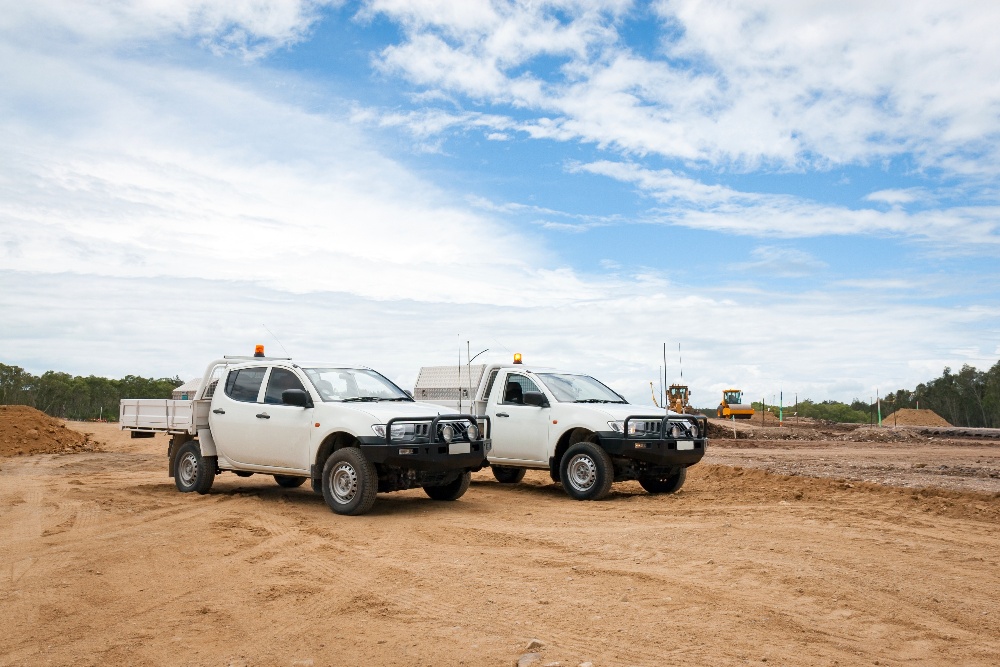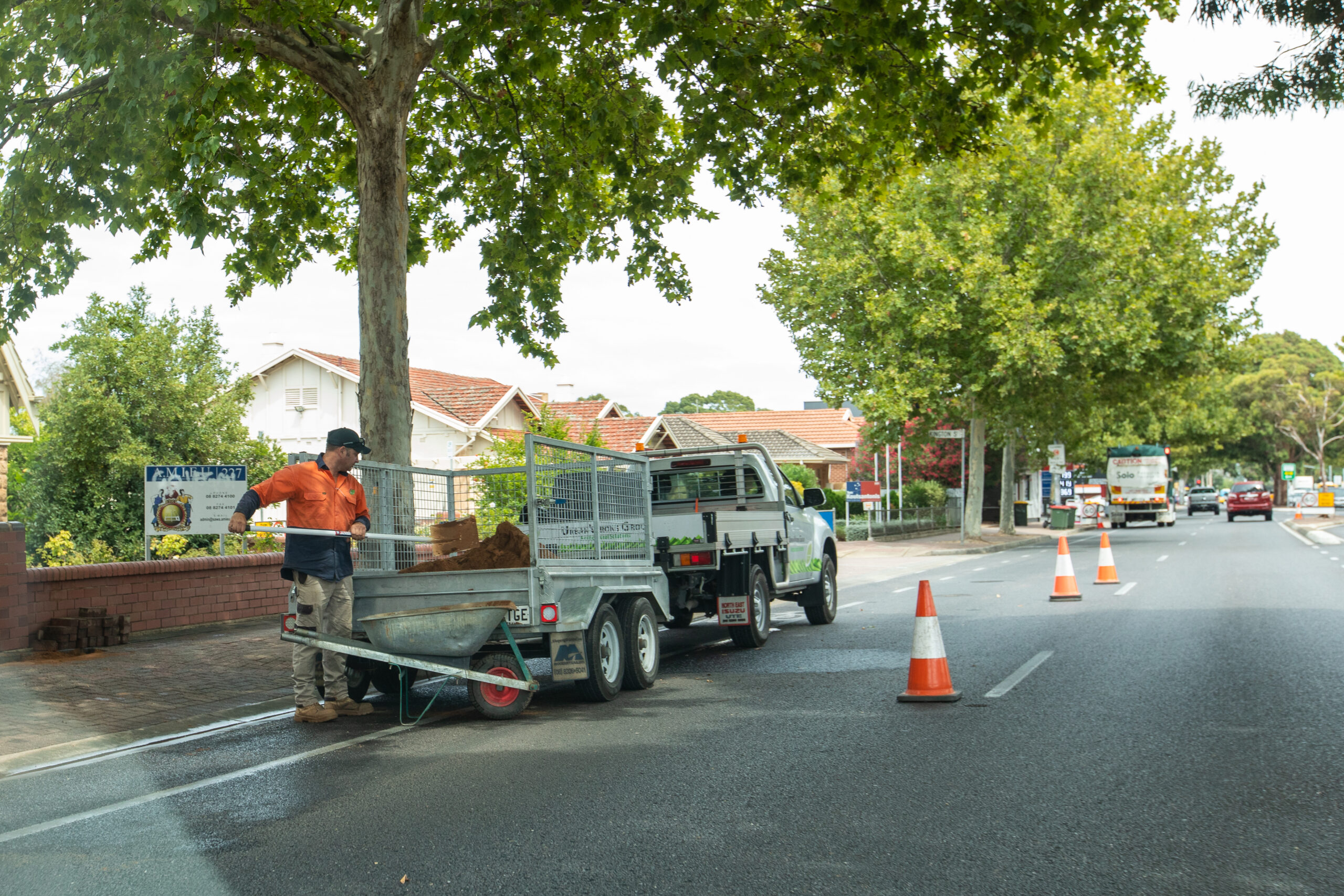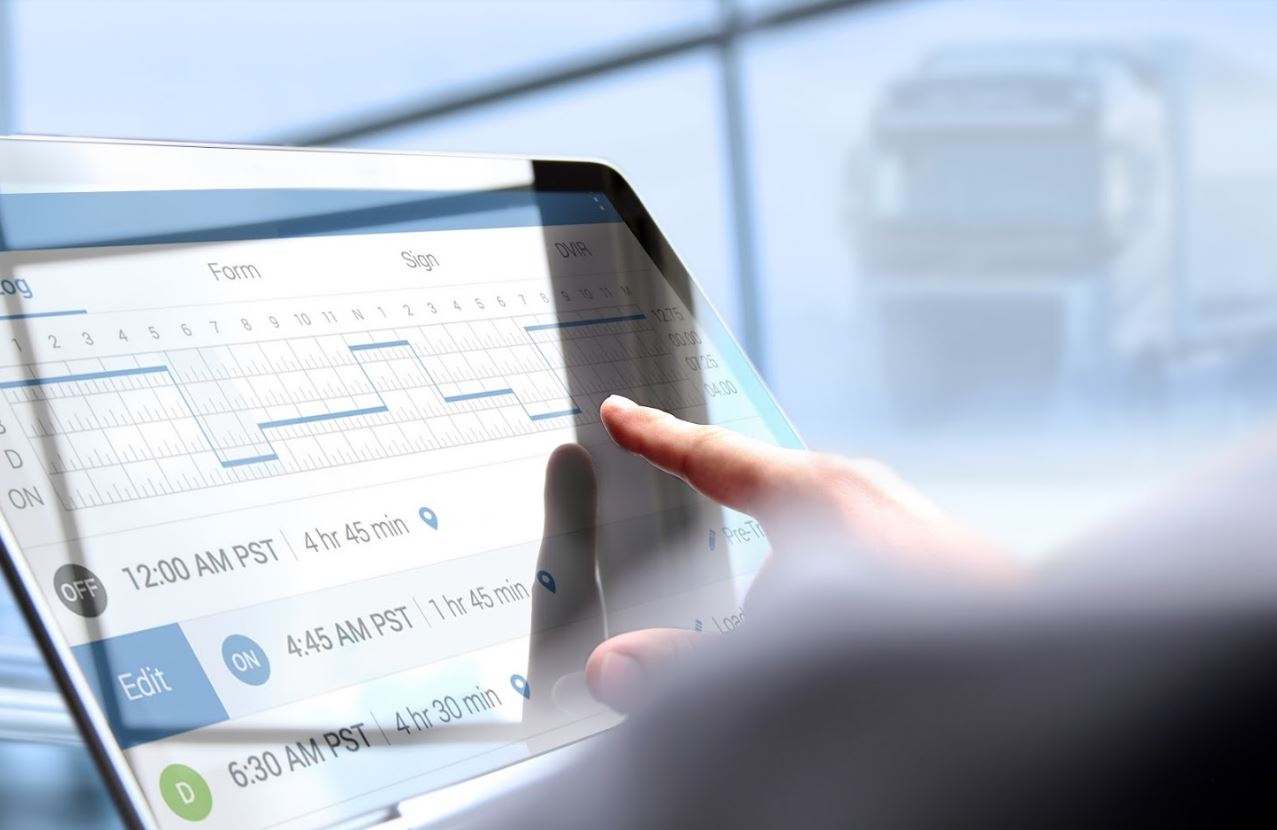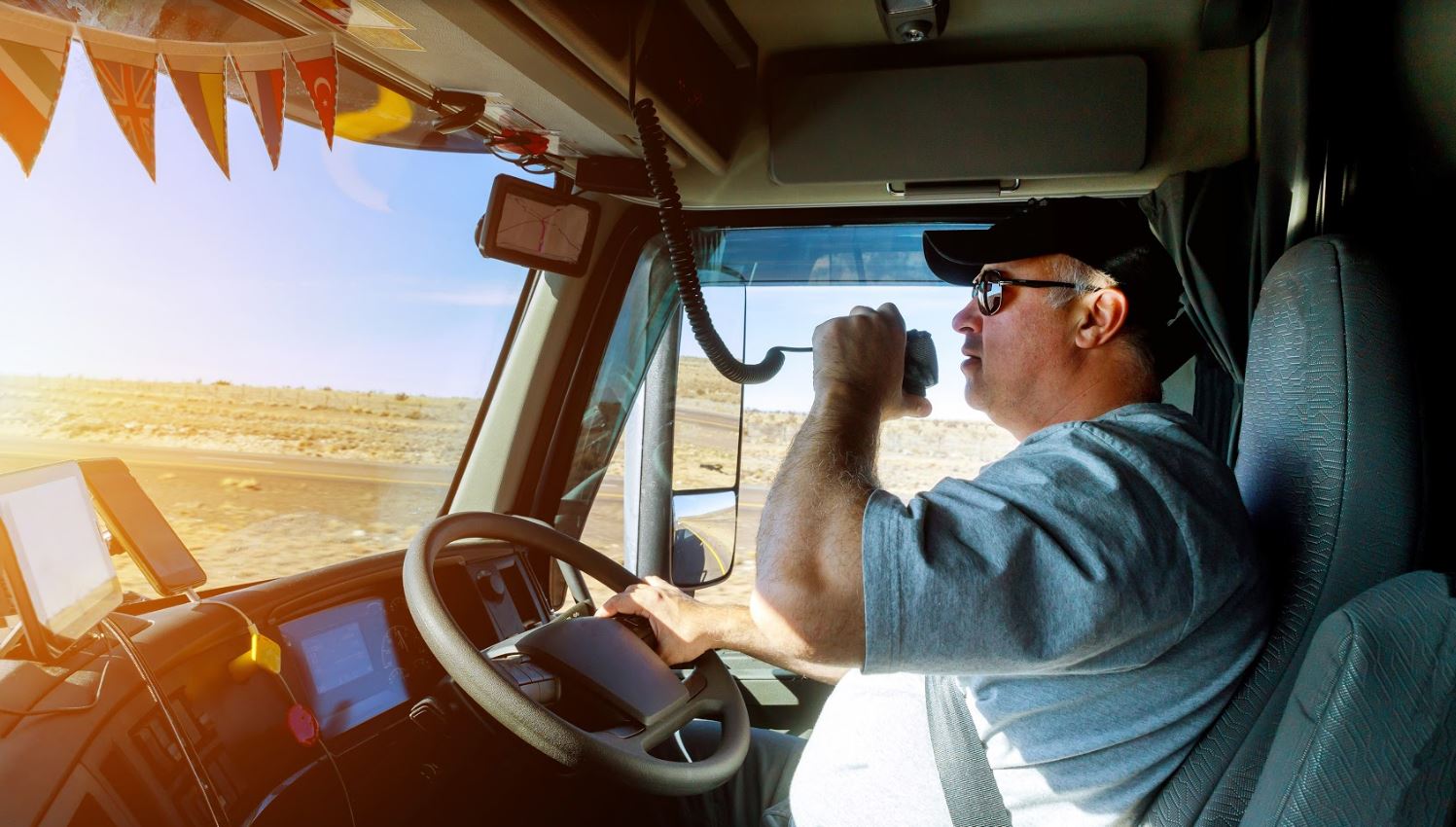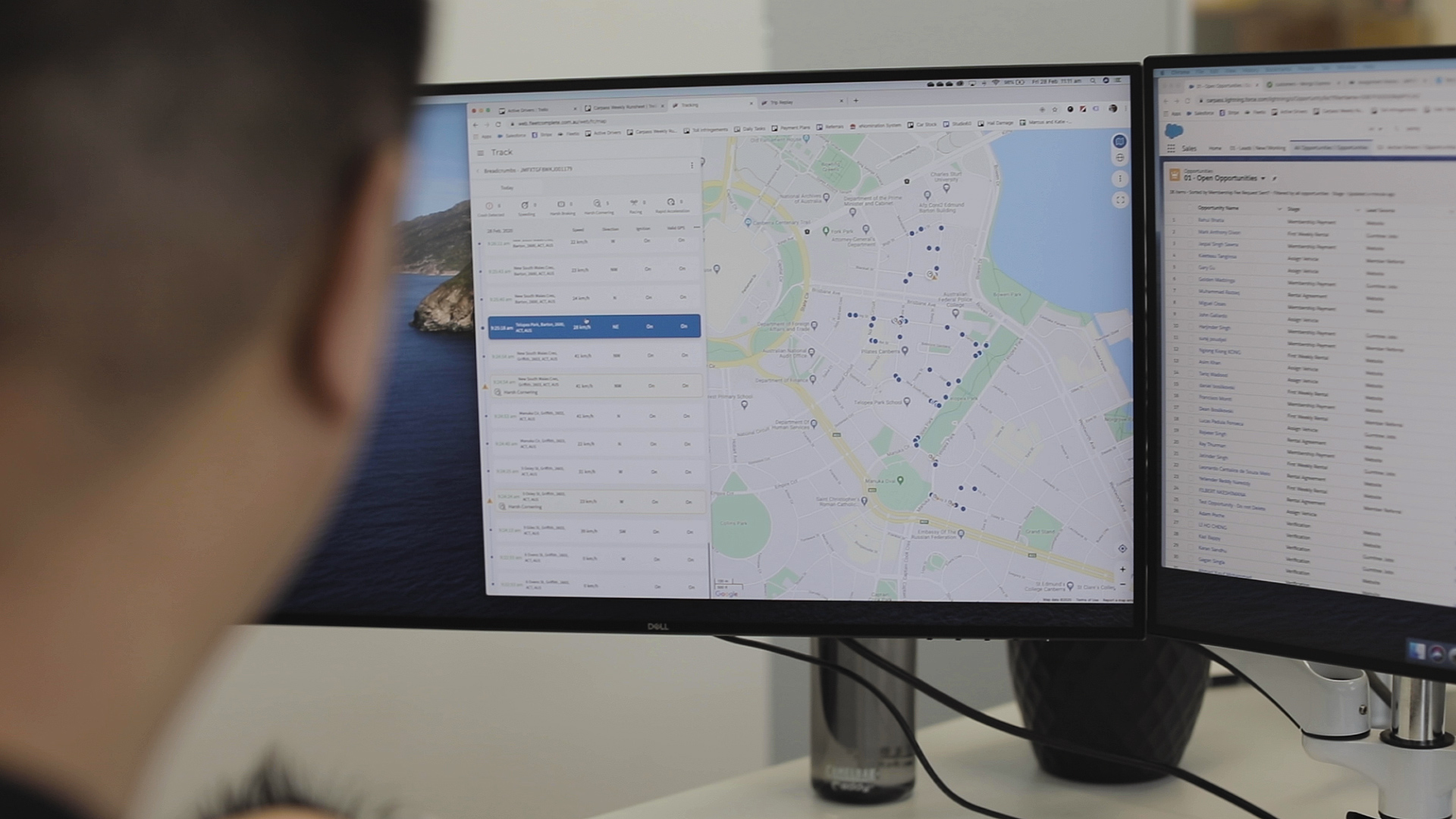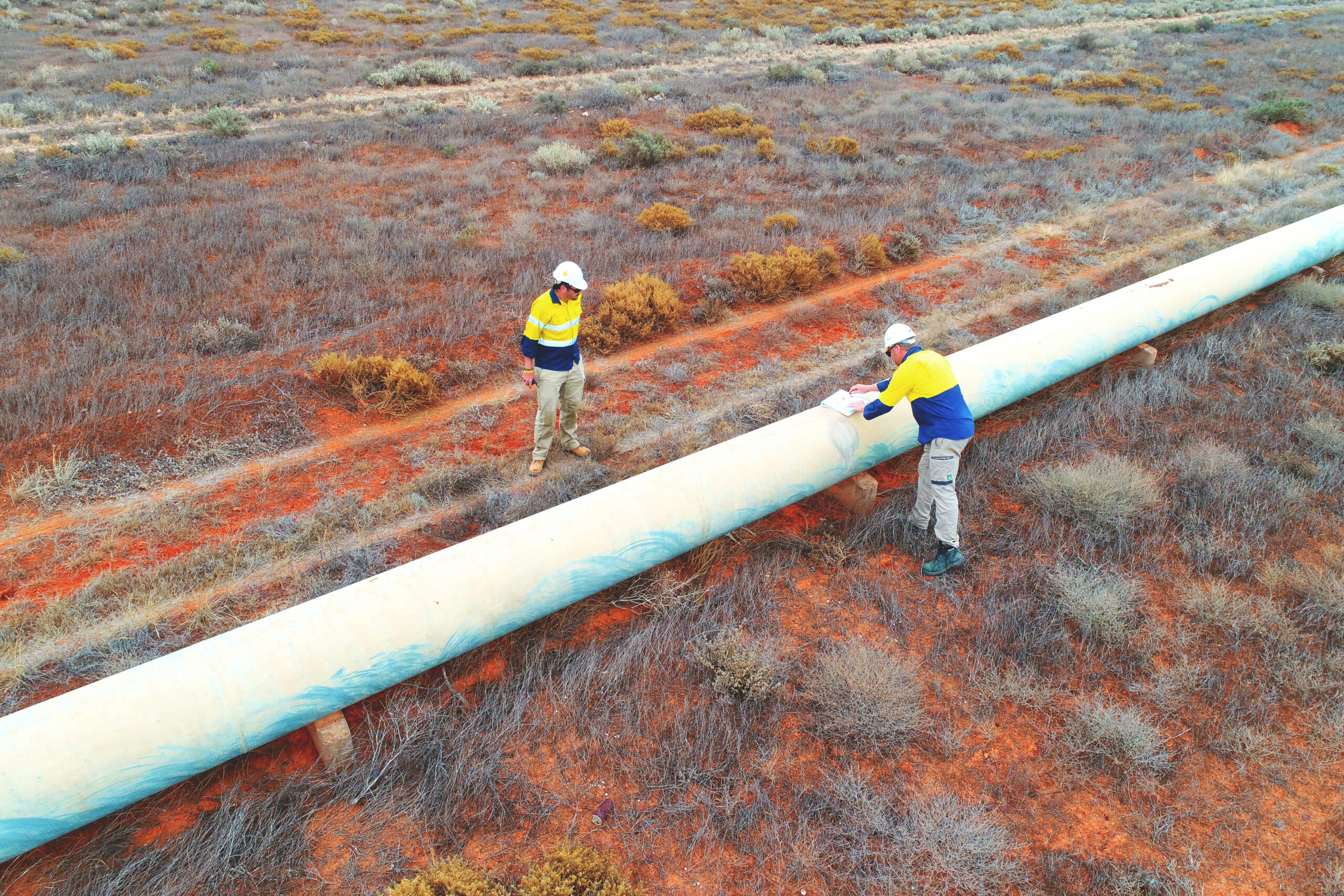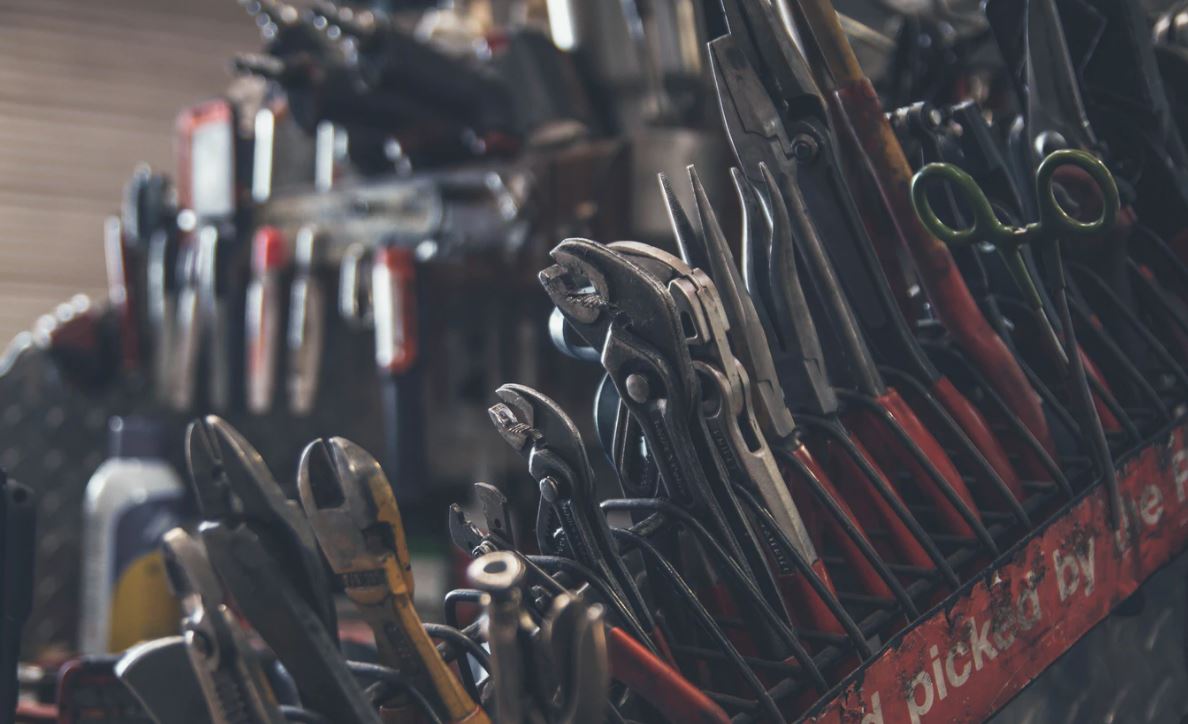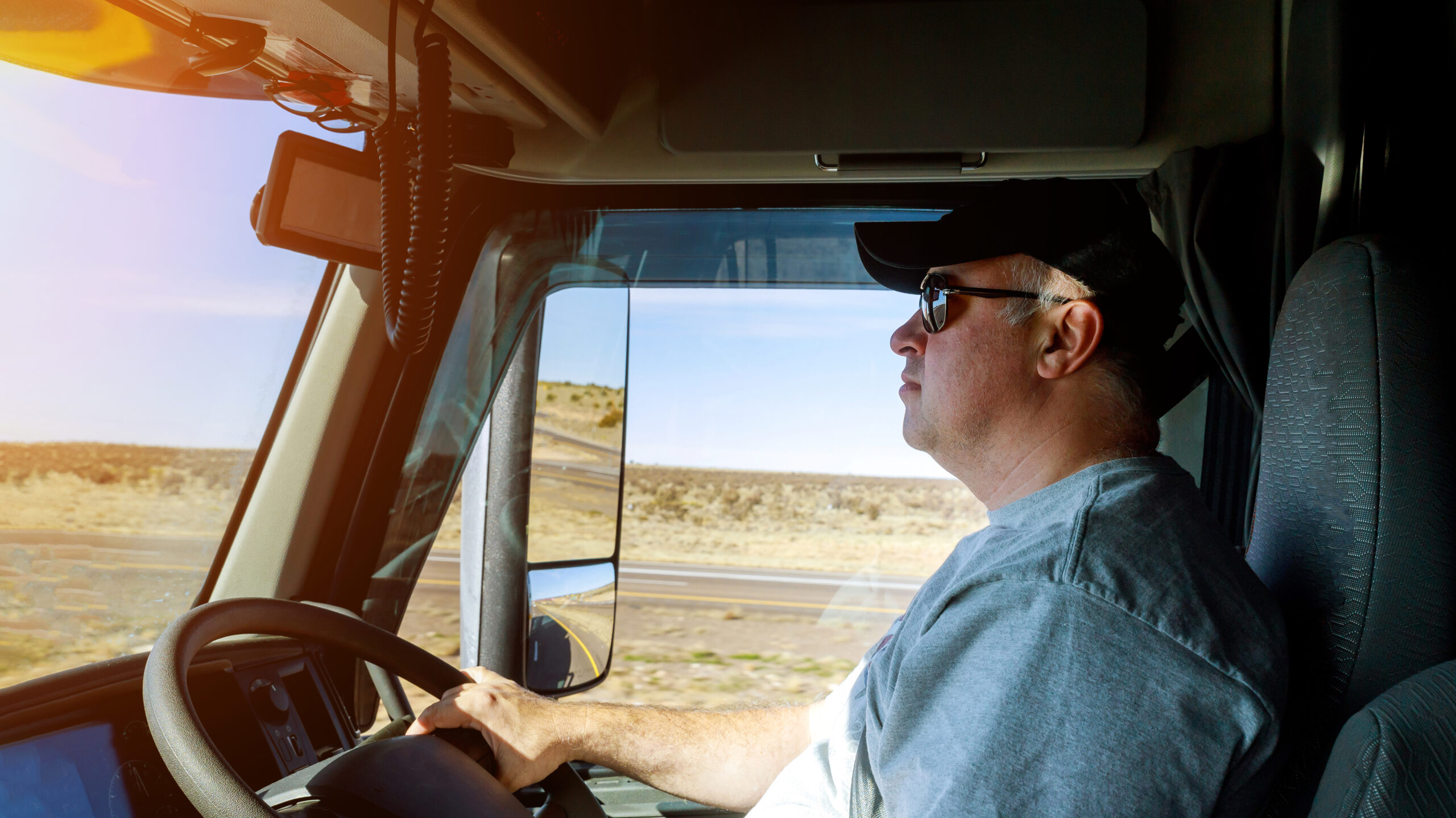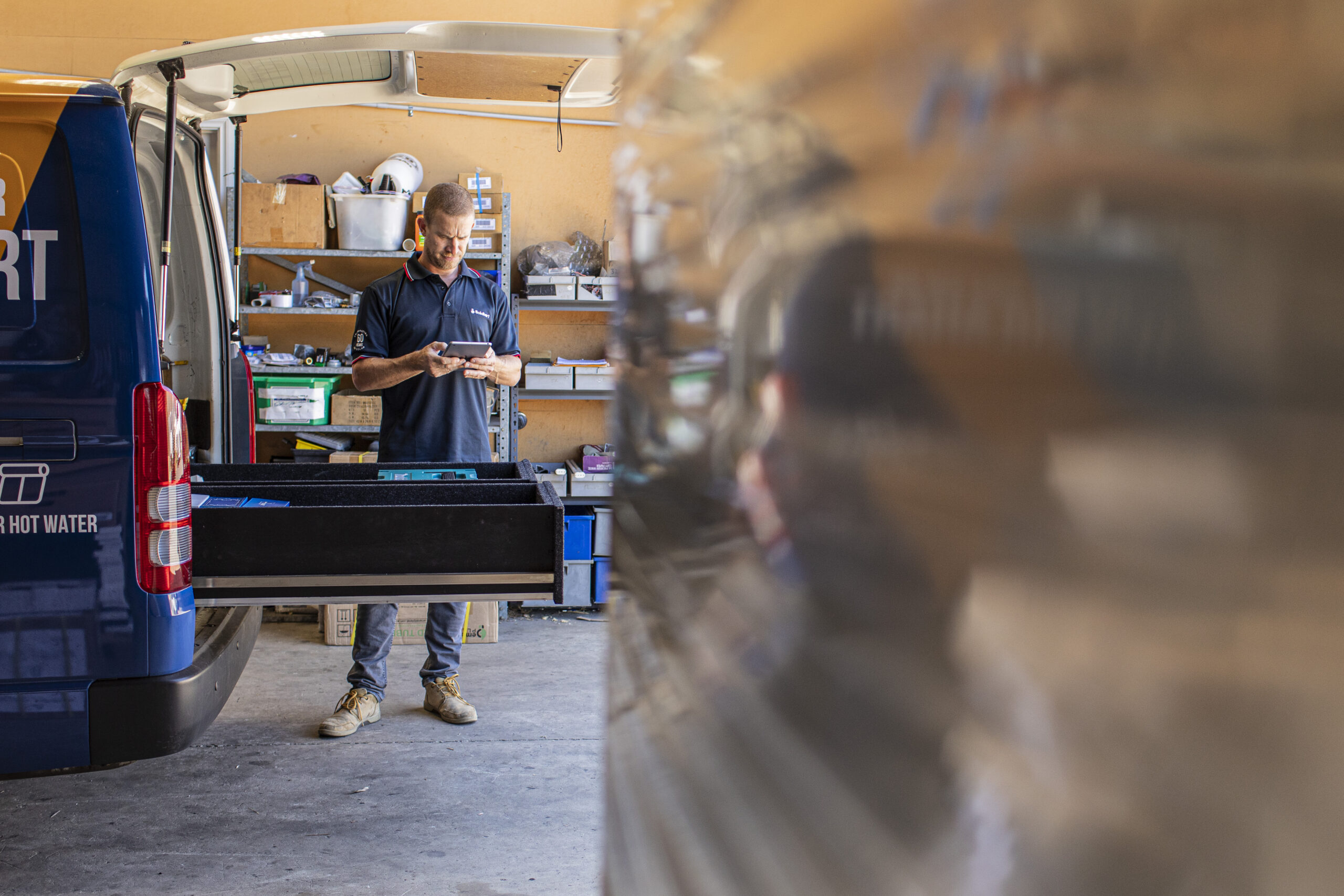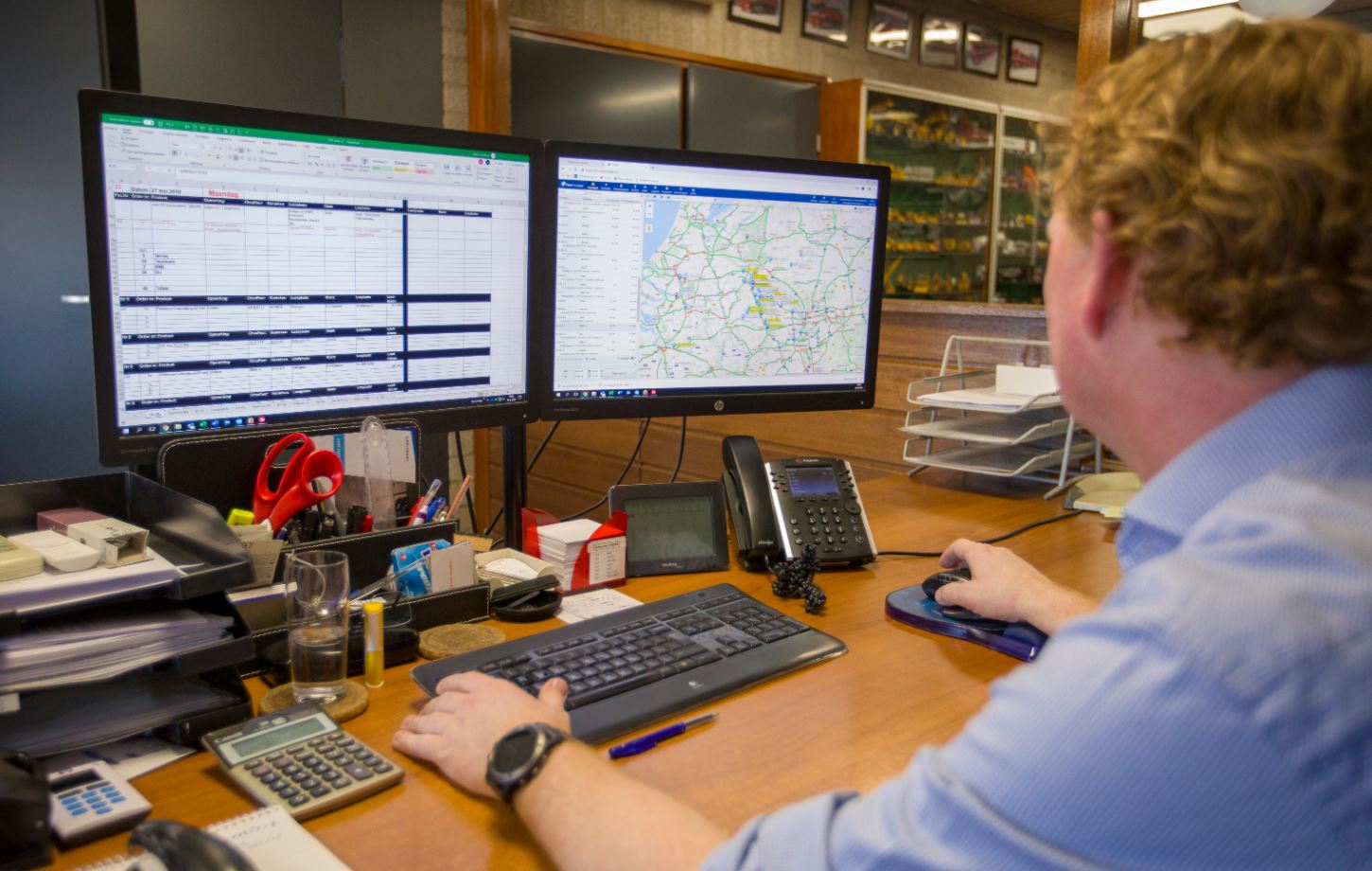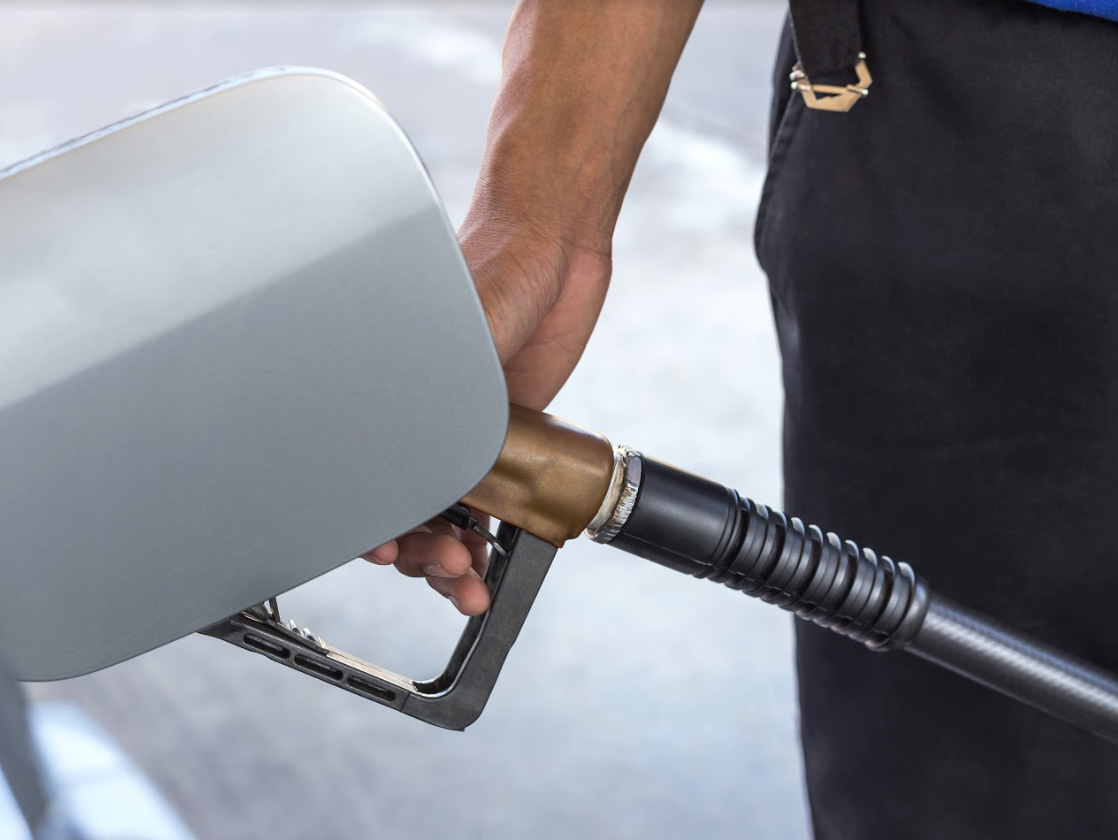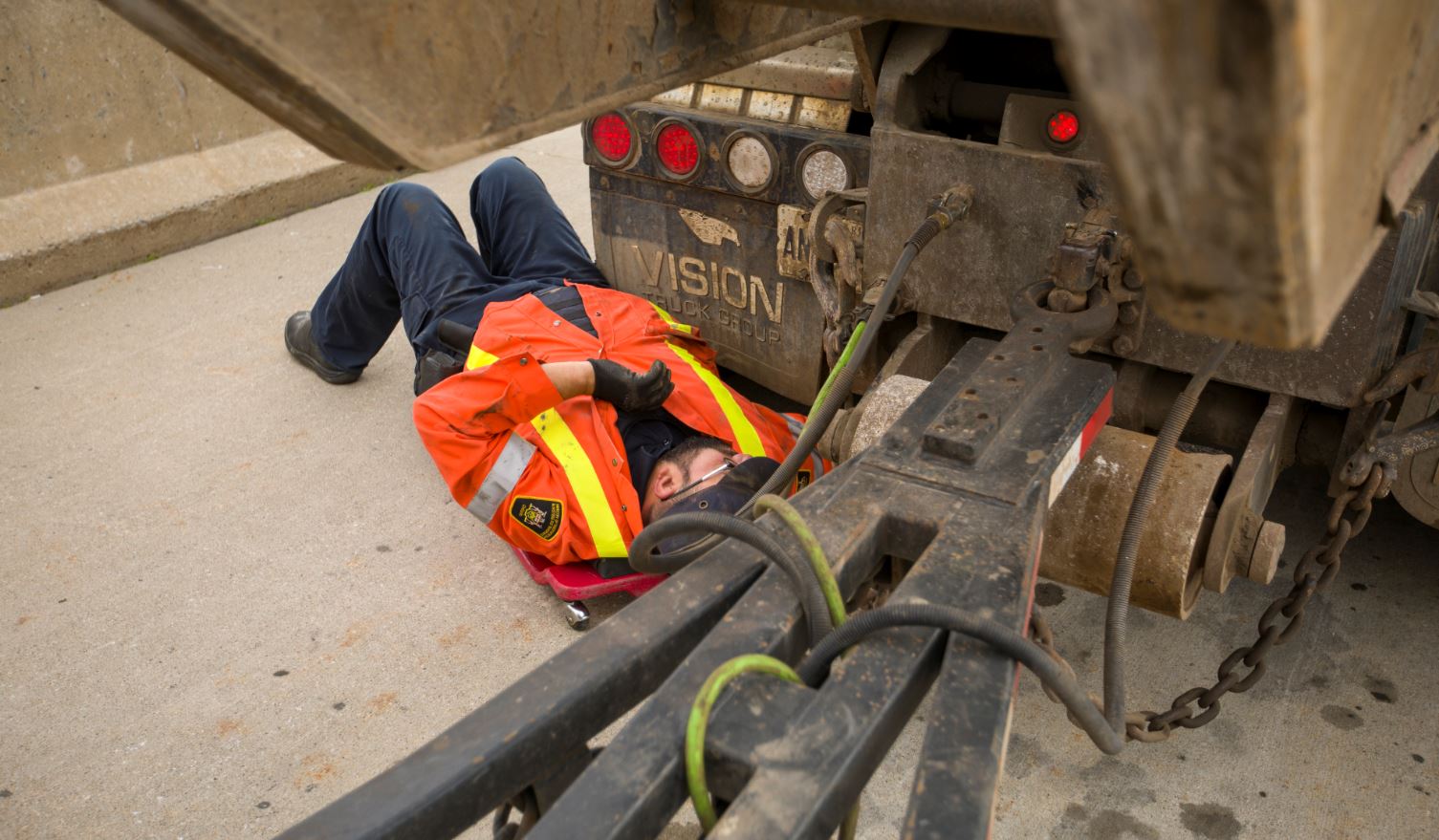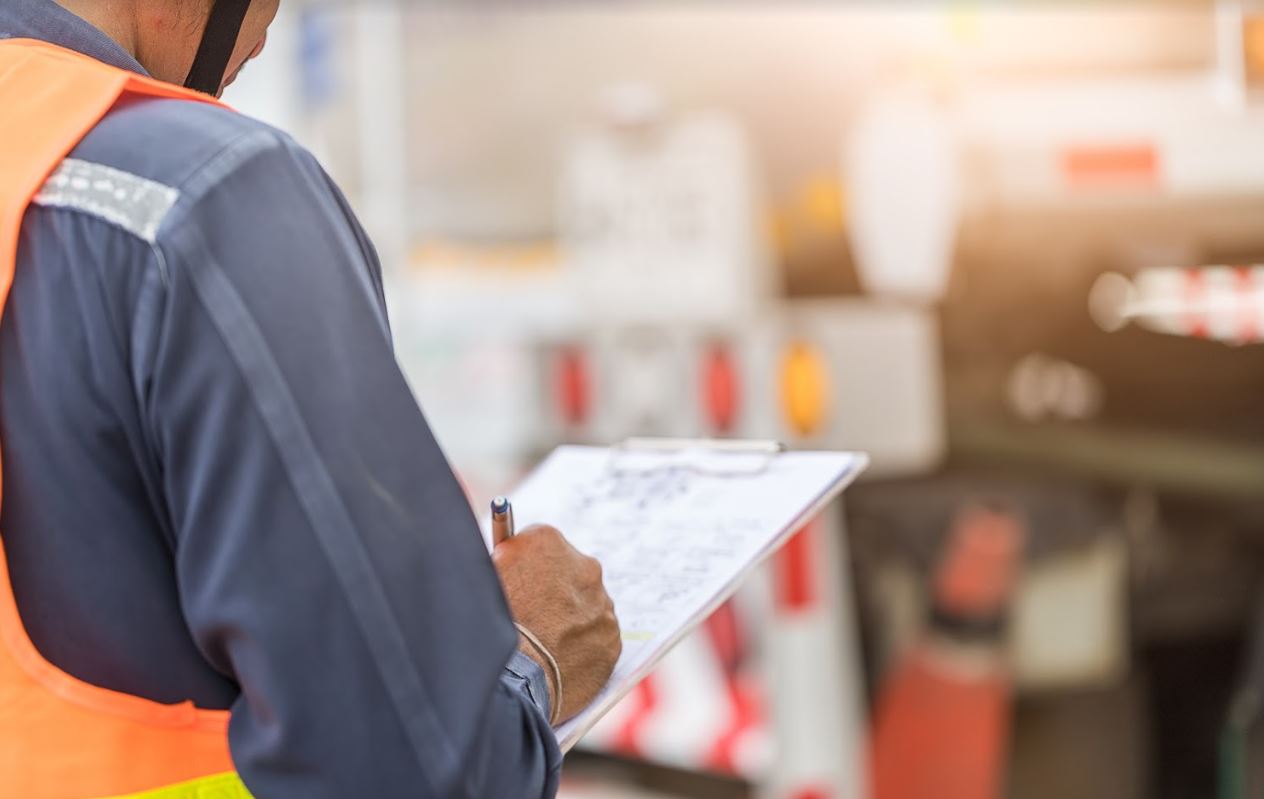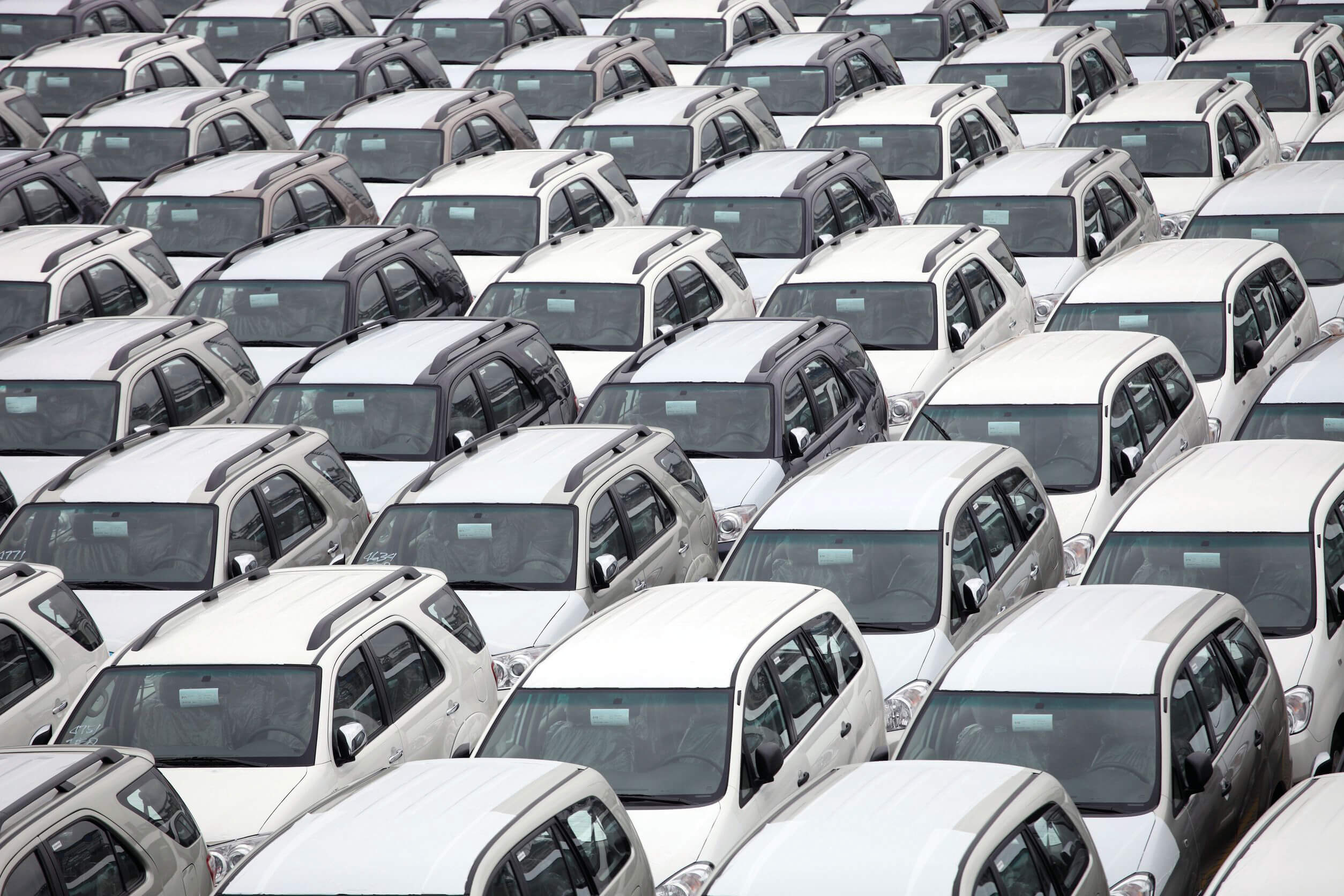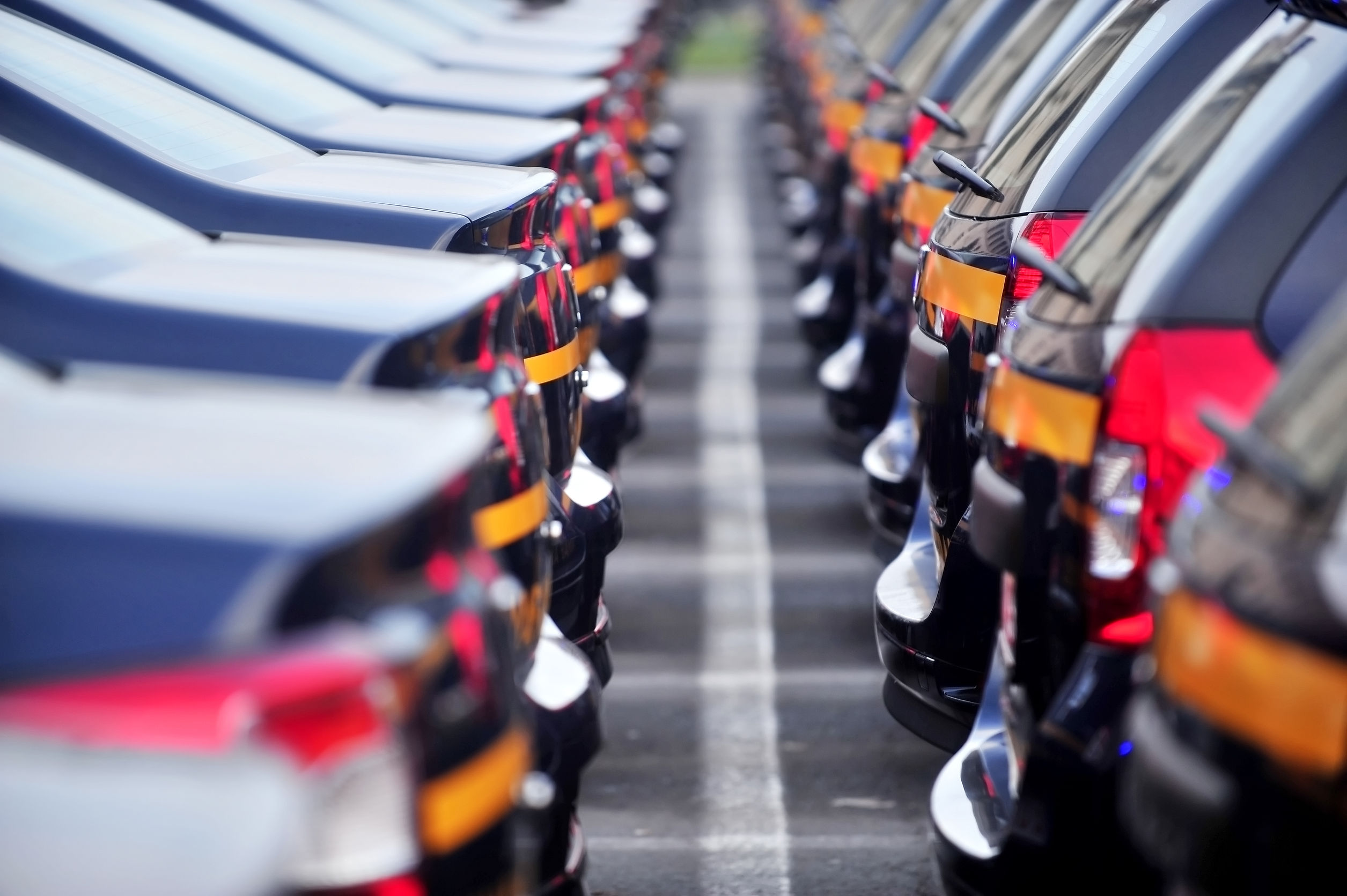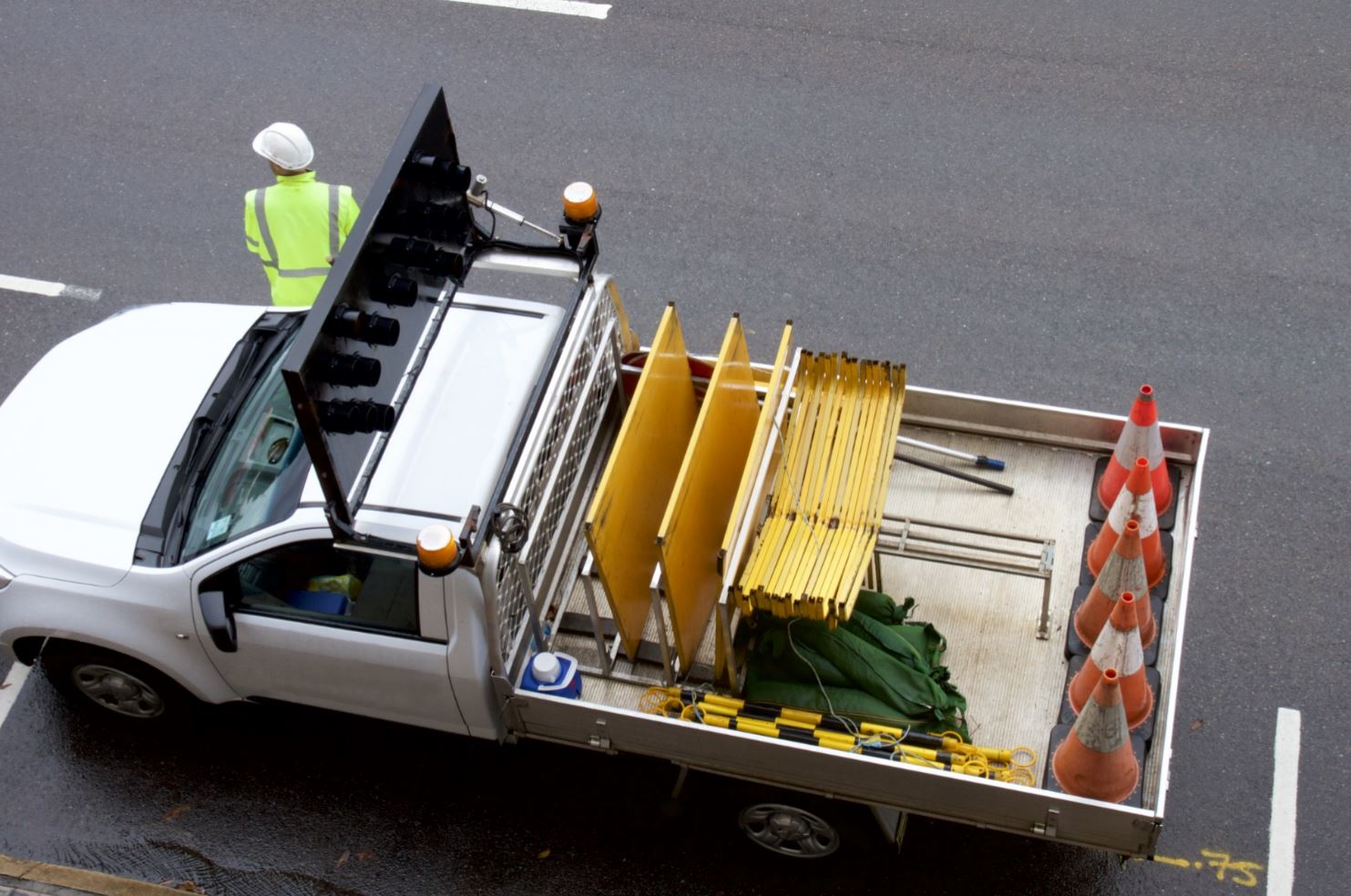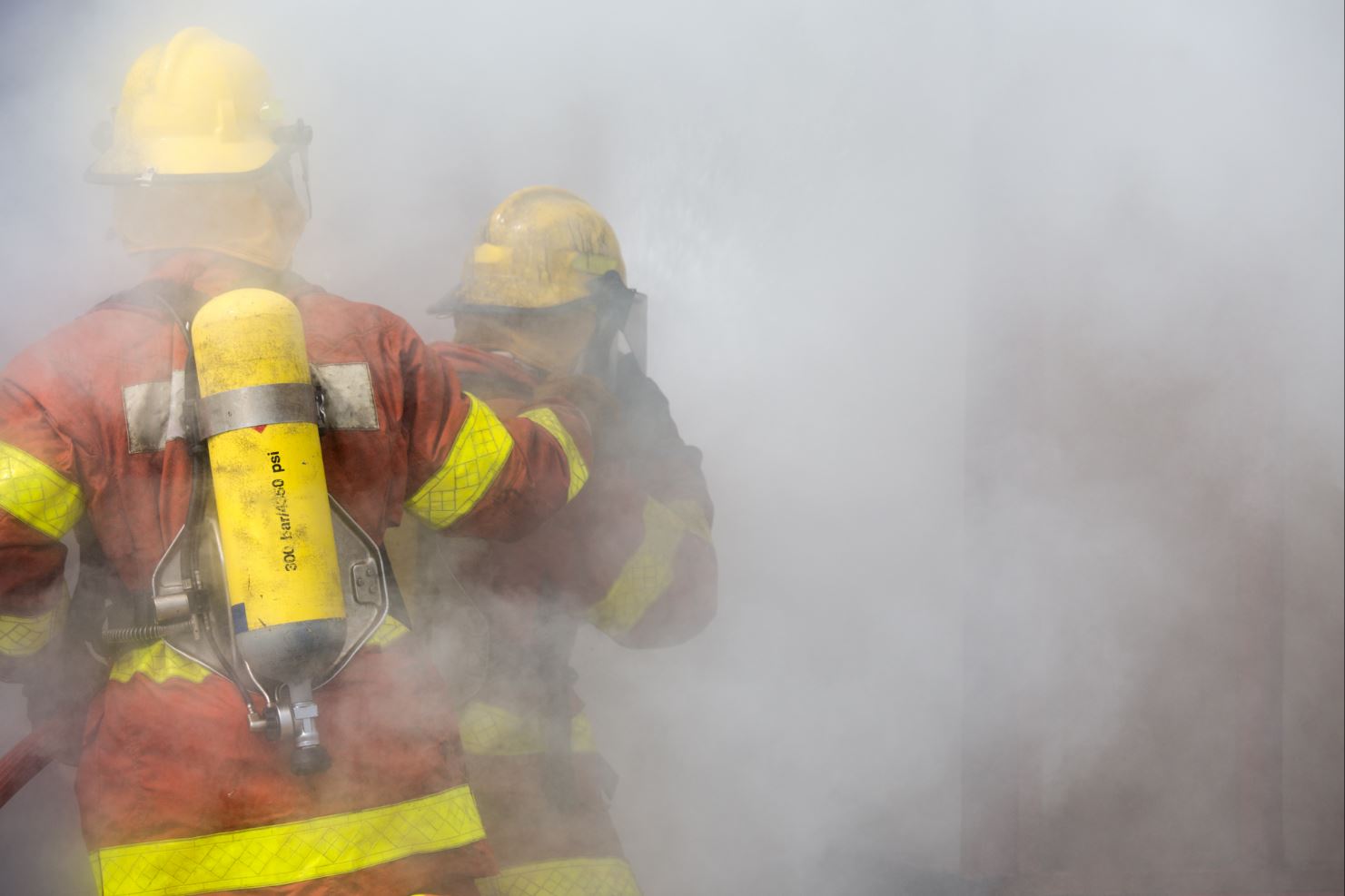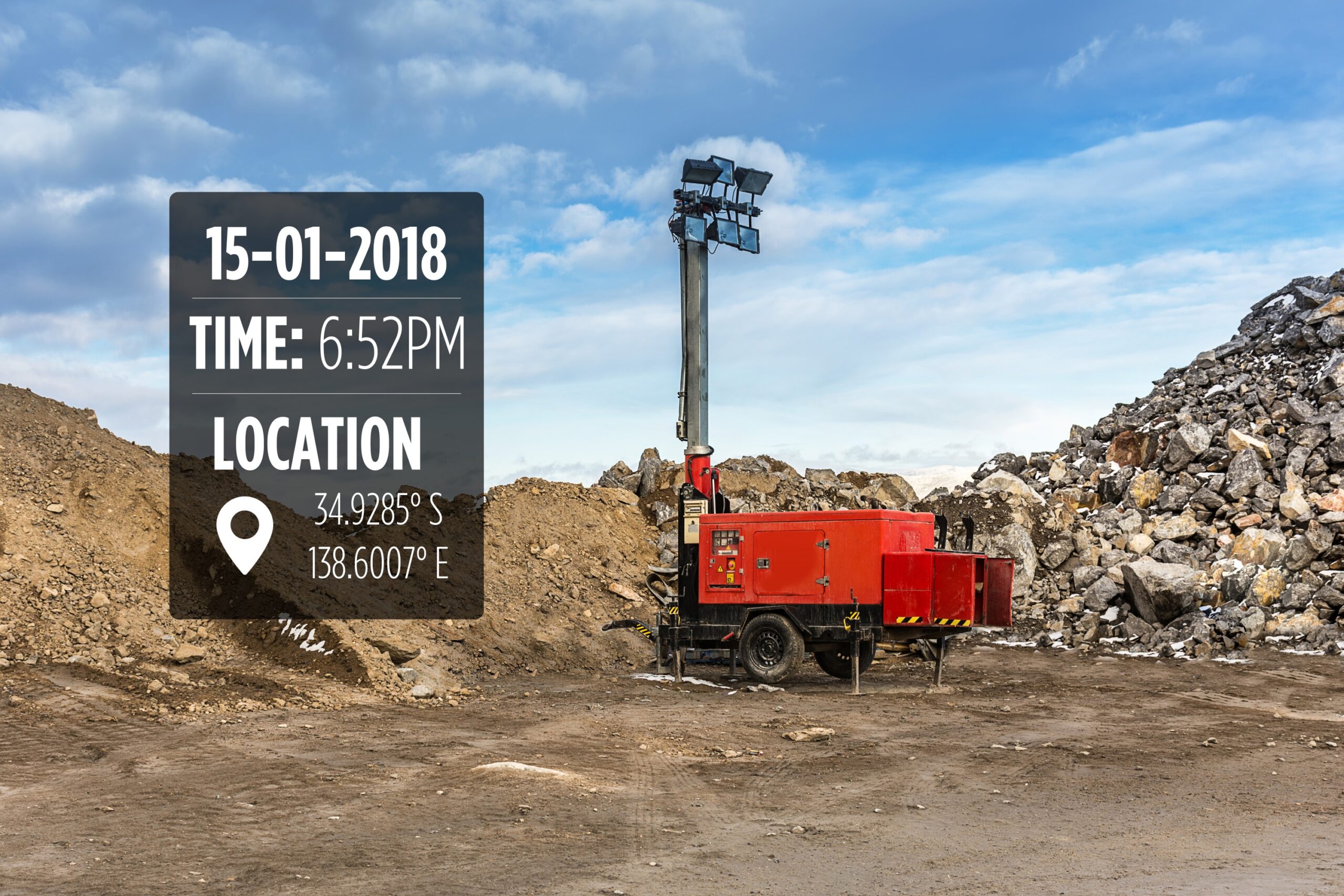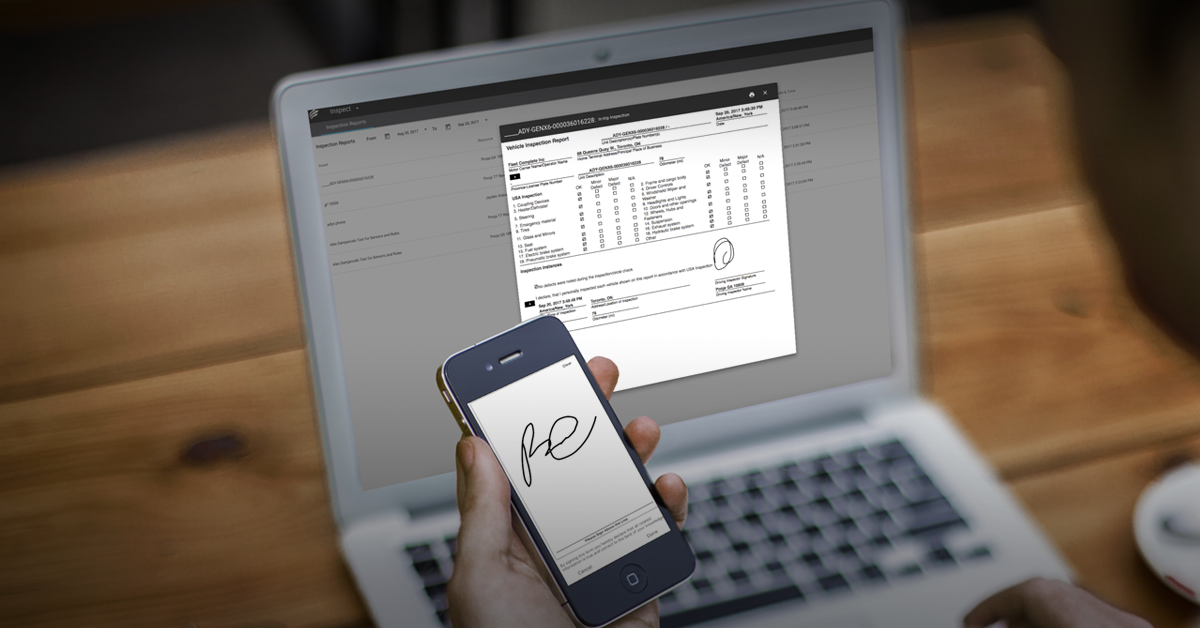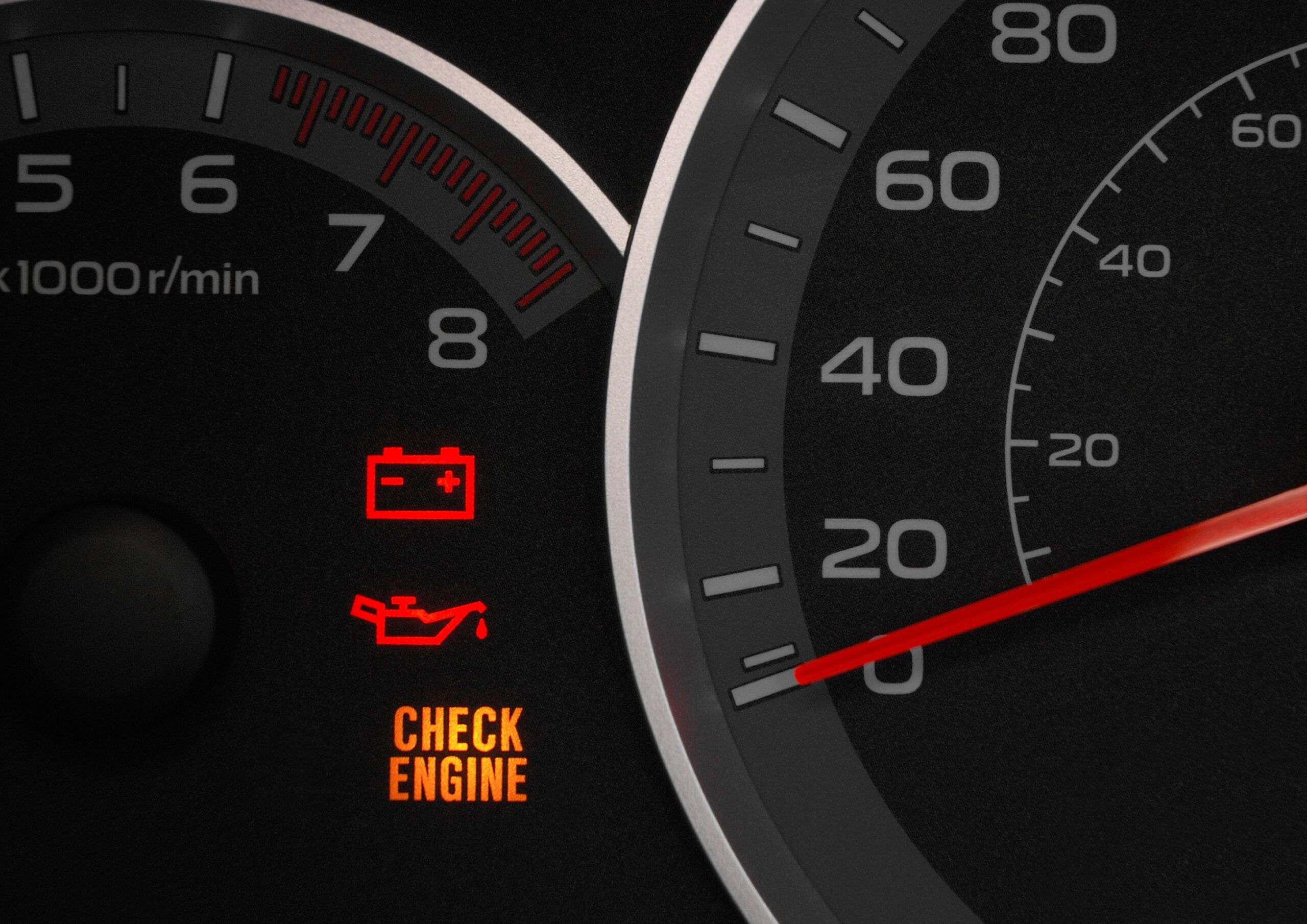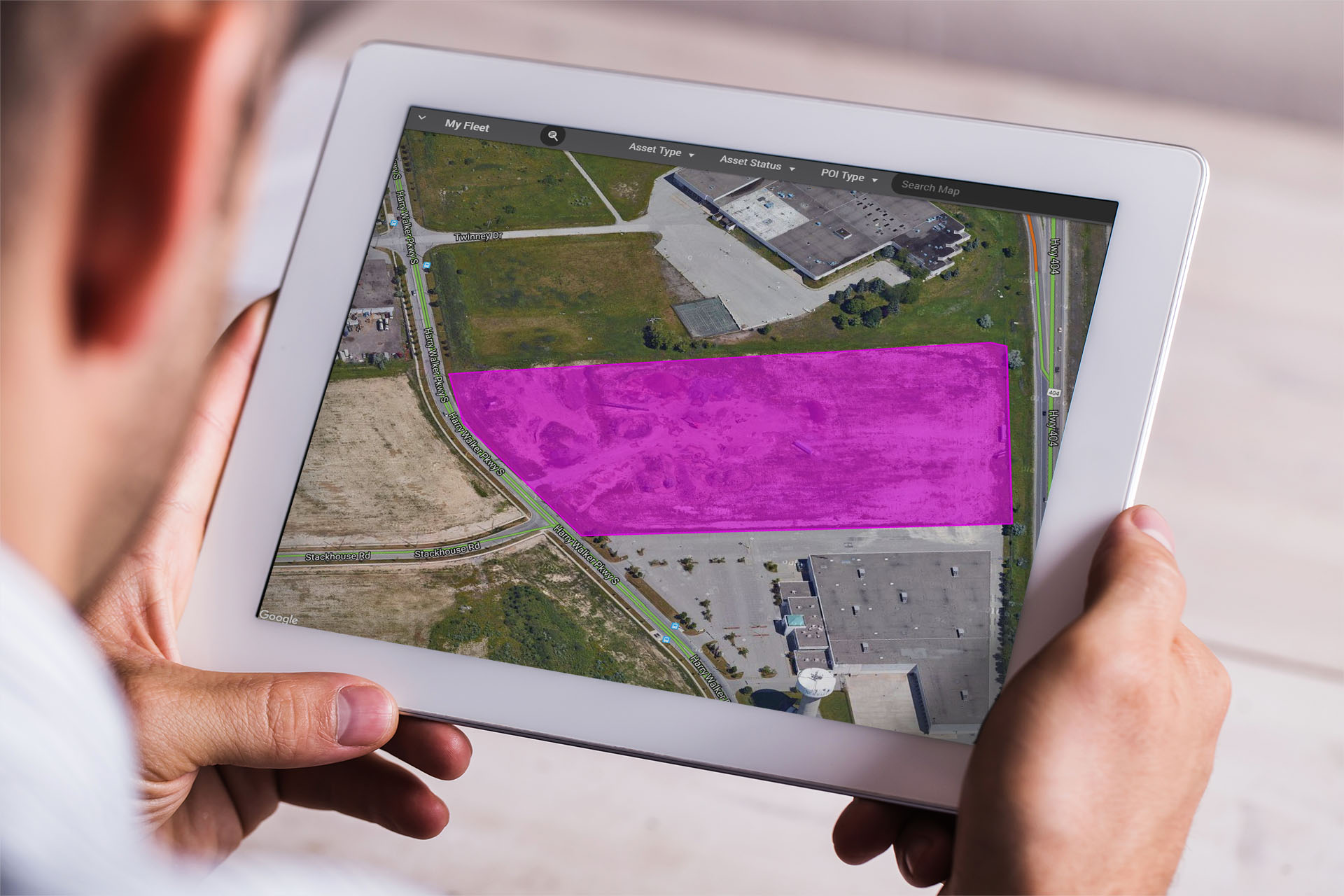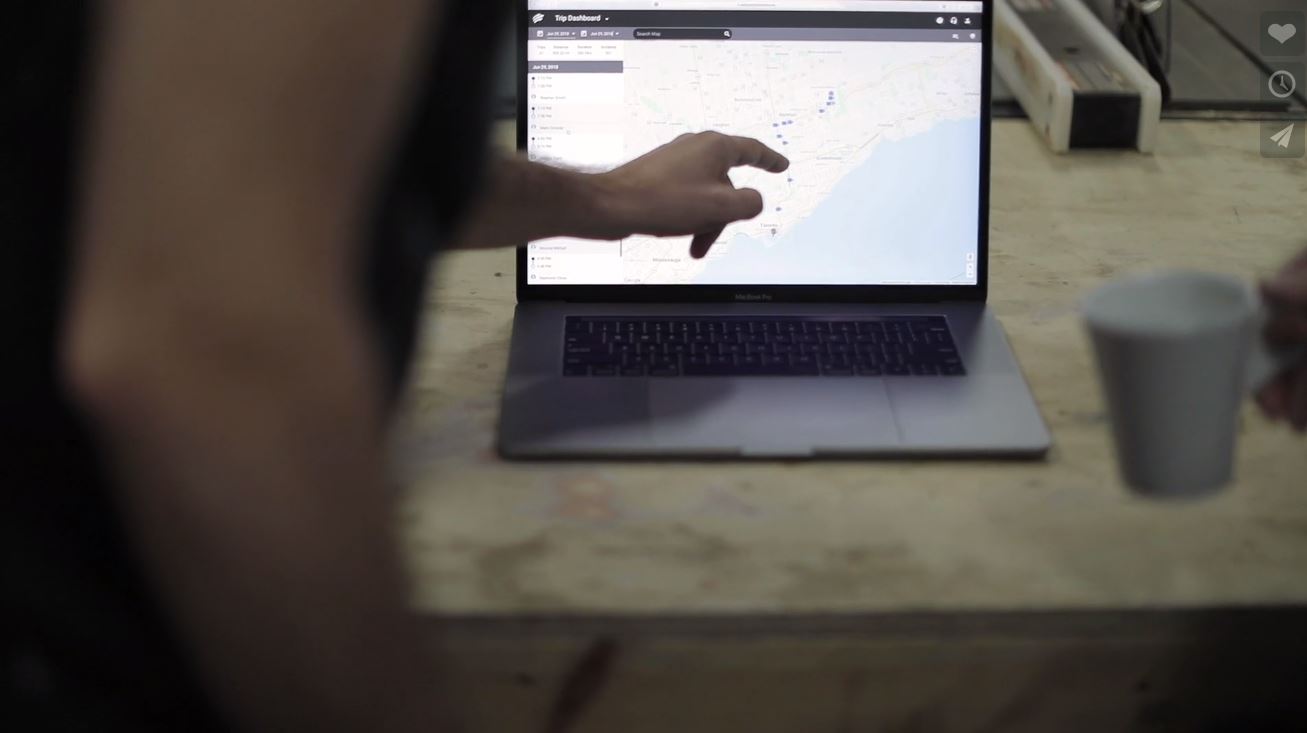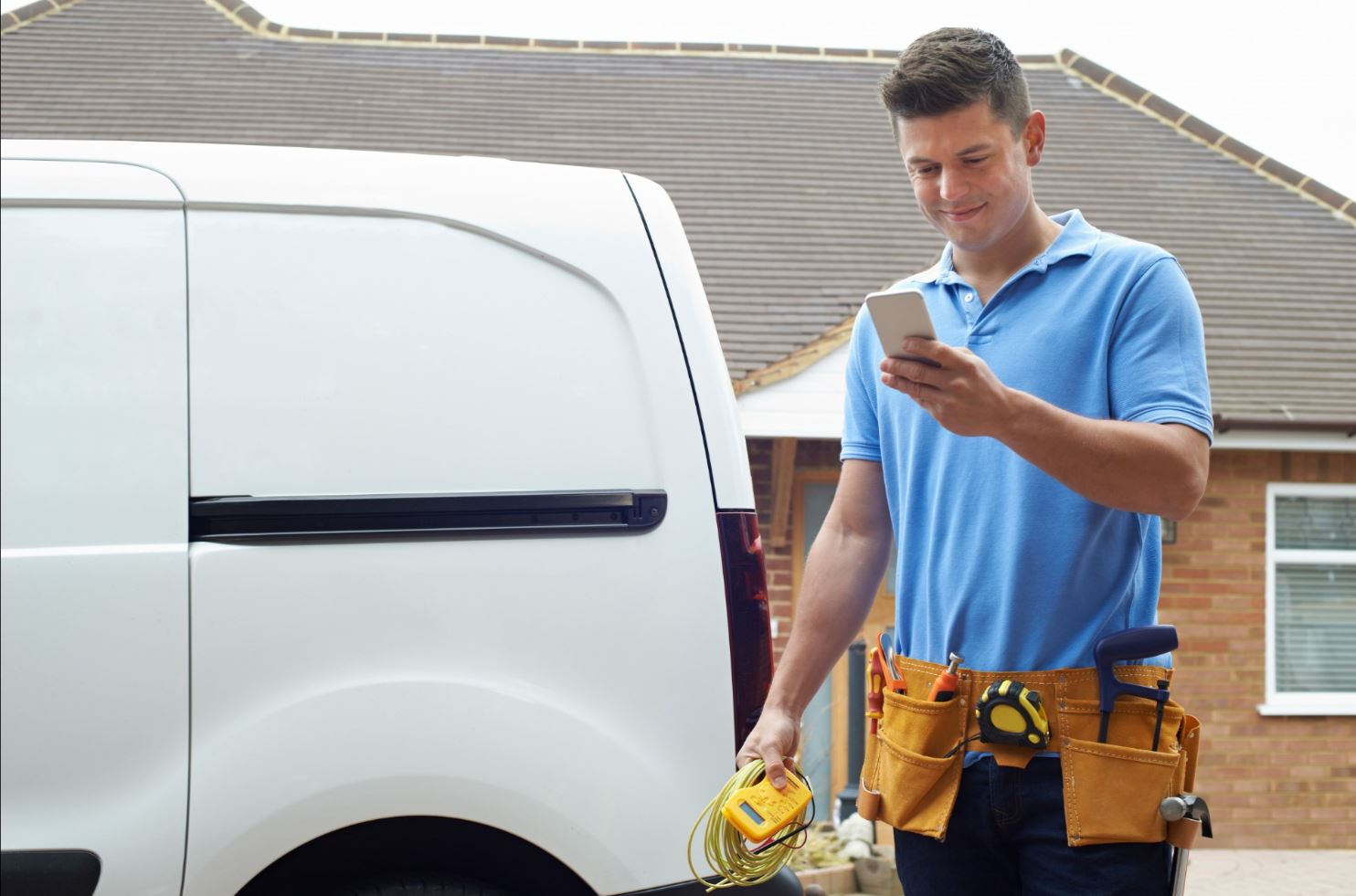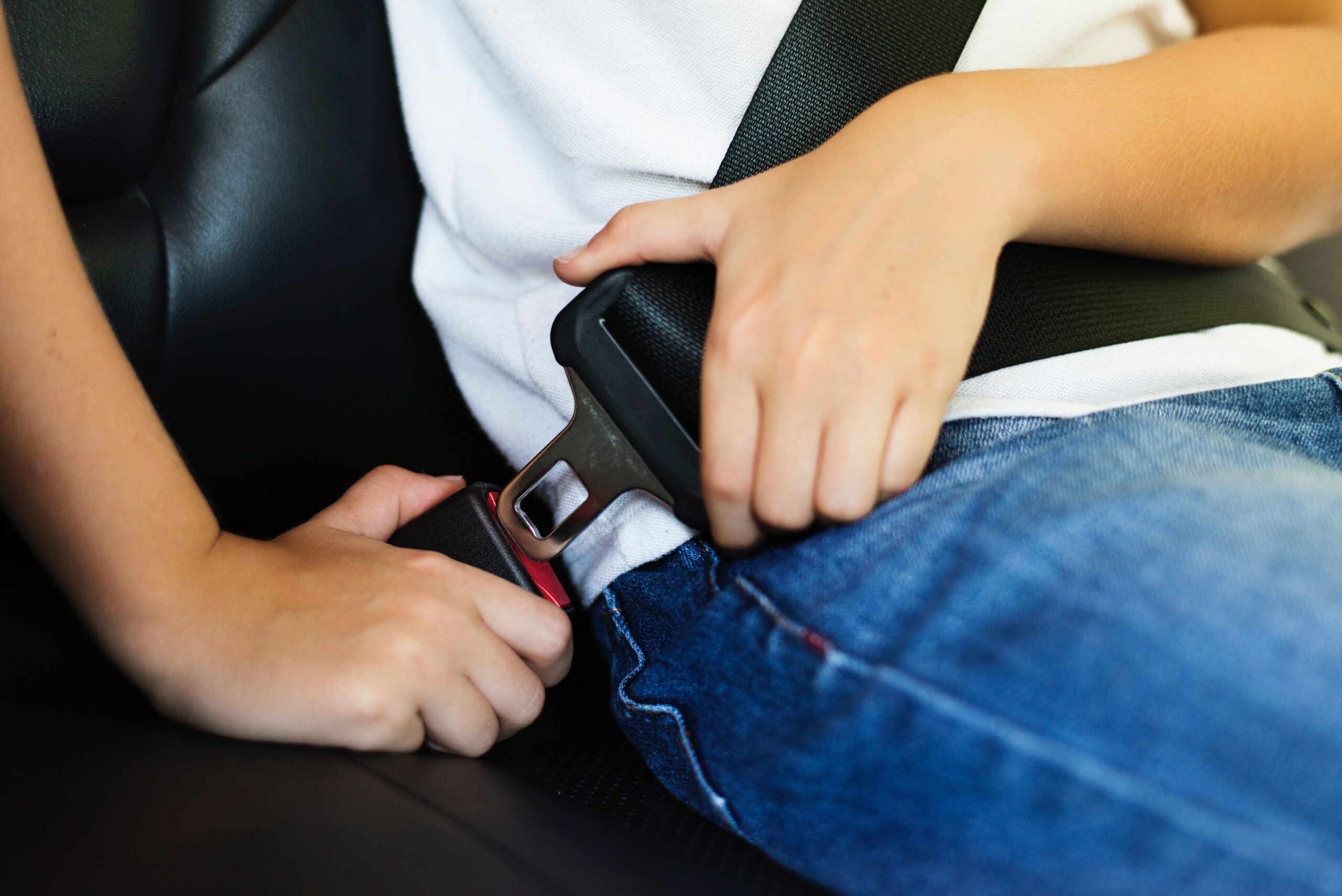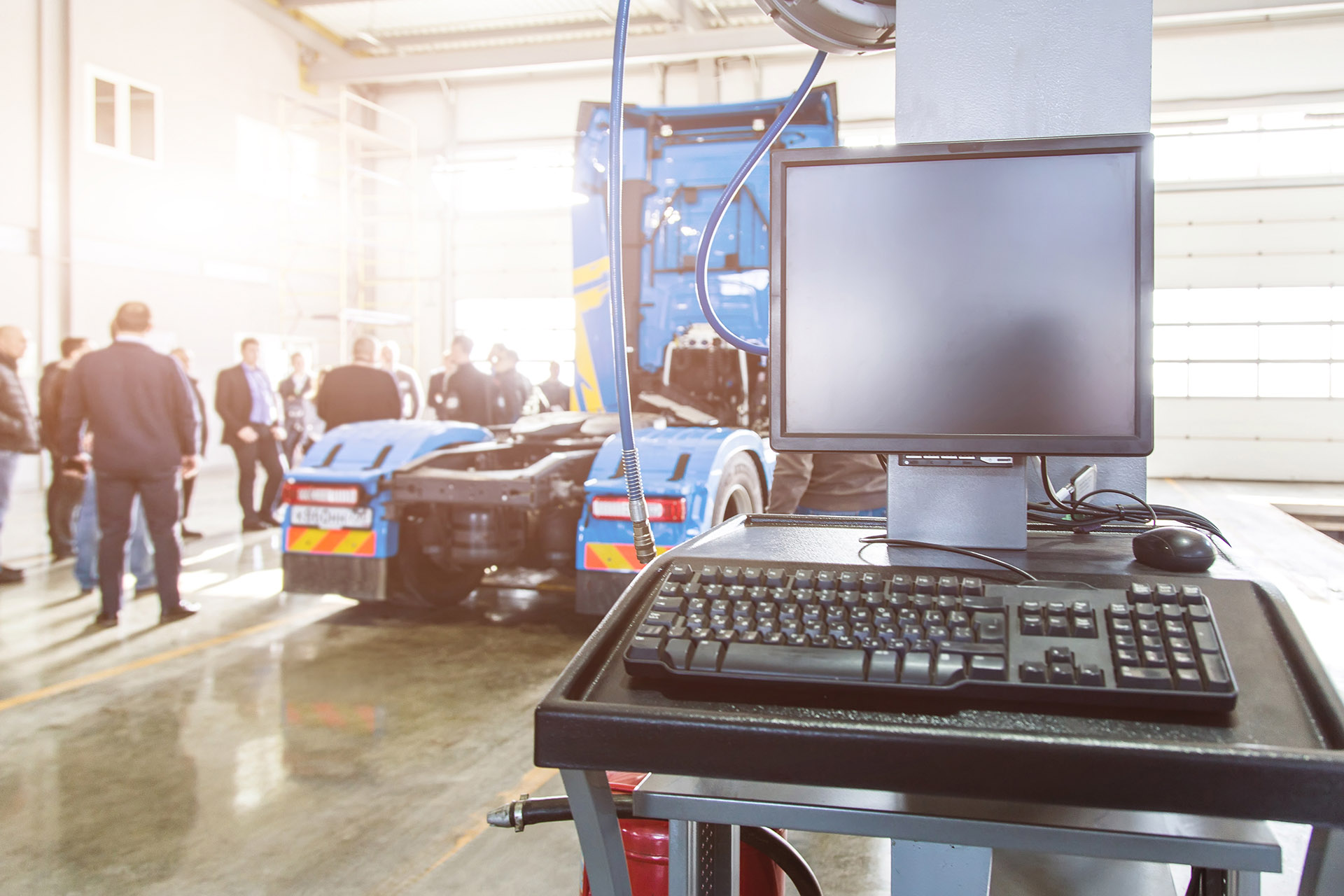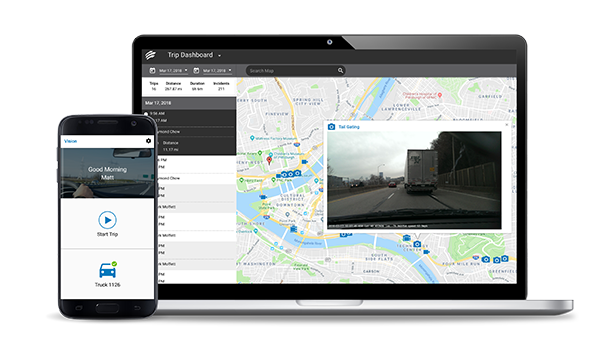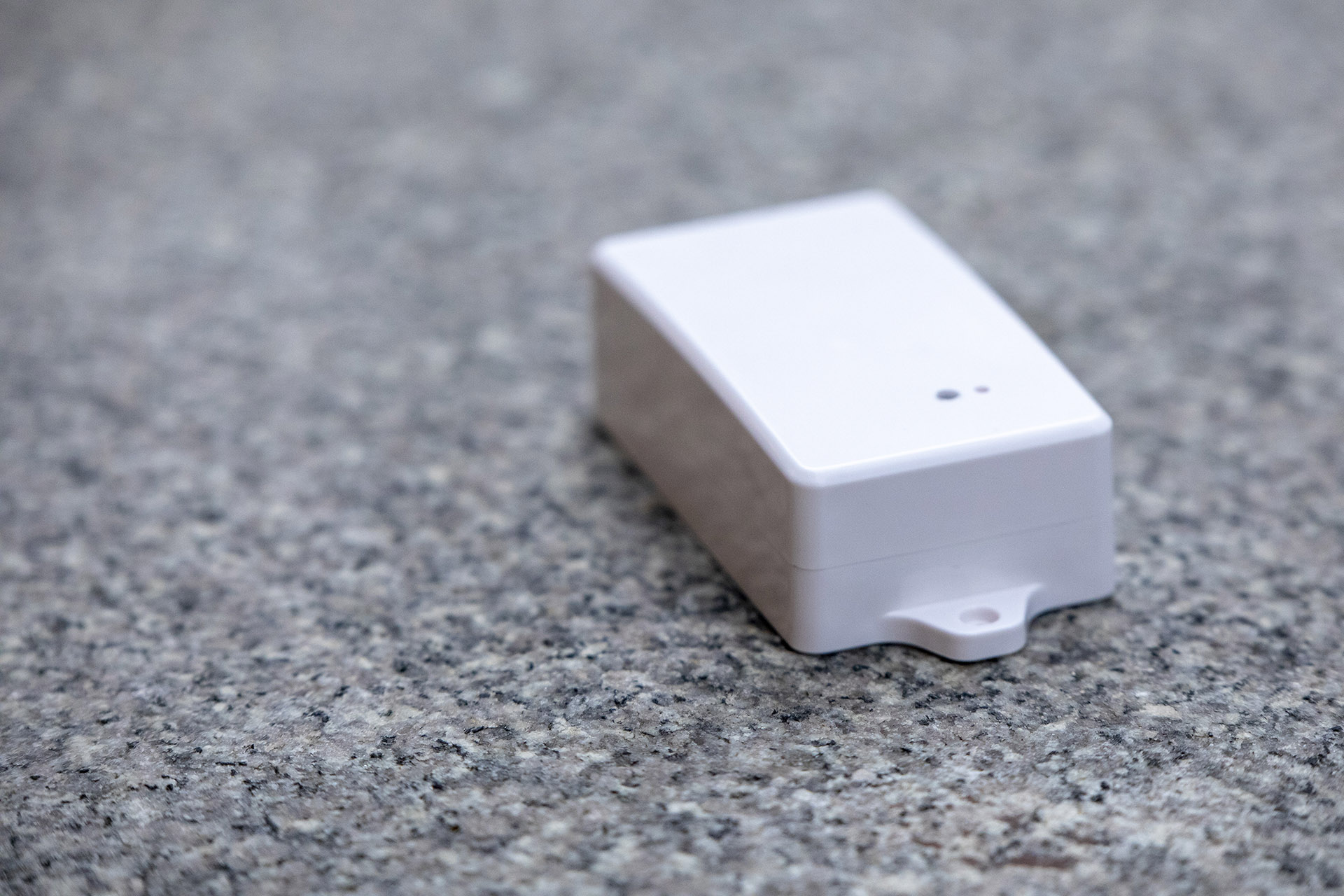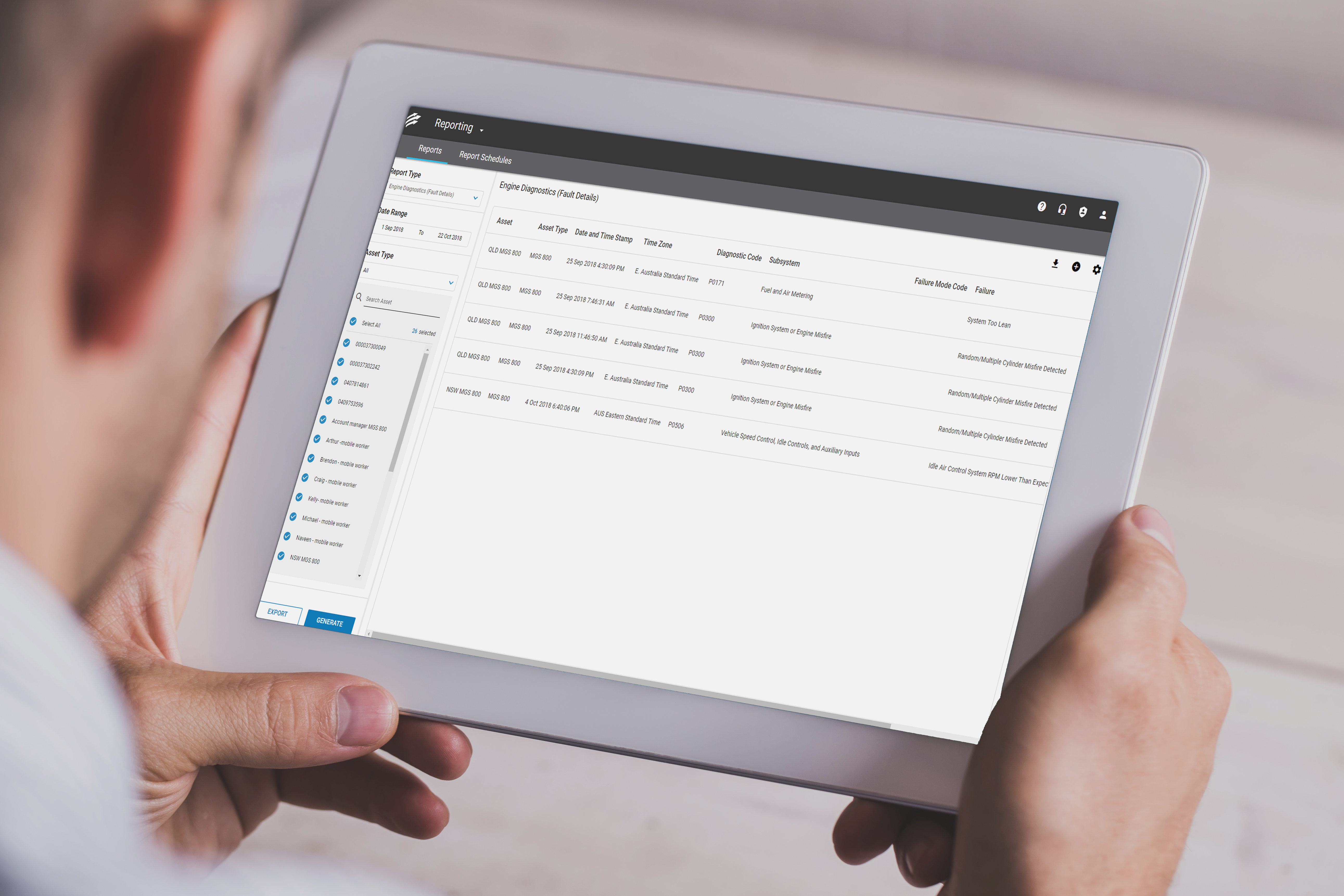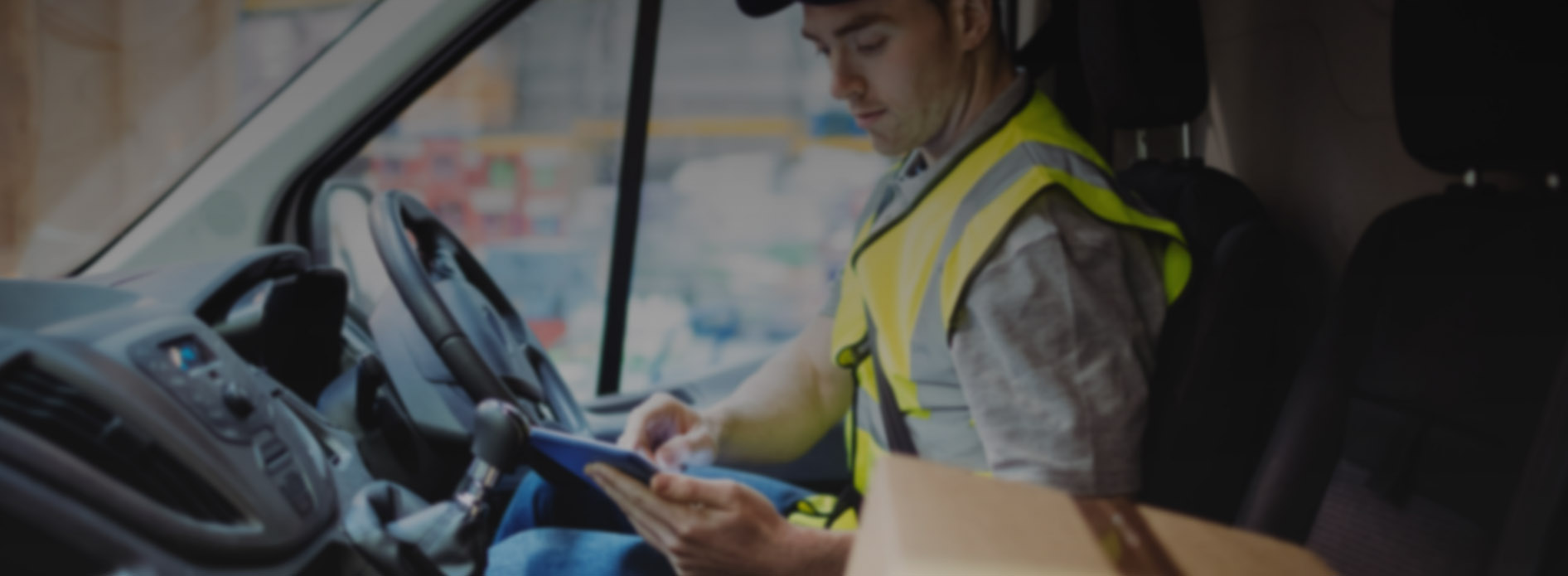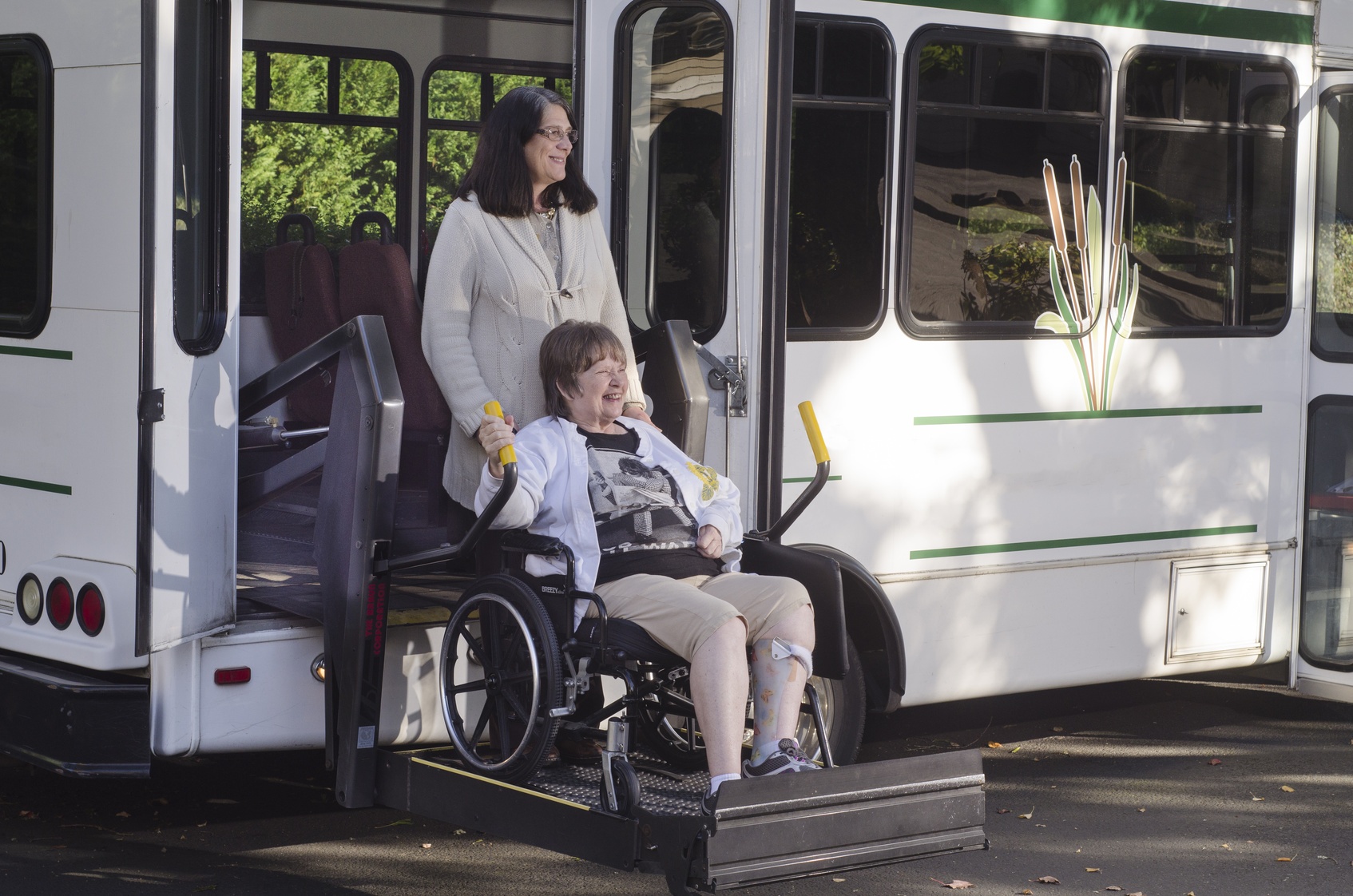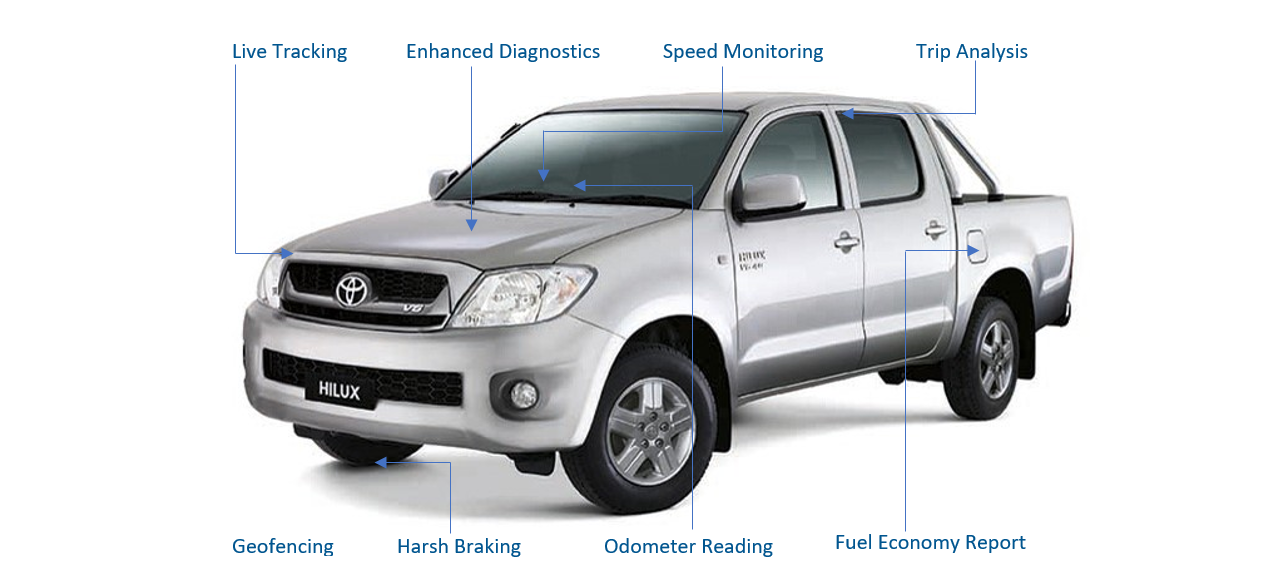
While there’s currently a national shortage of truck drivers, an increase in female drivers is helping to fill the need. But, in an industry of mostly male workers, how female-friendly is truck driving?
In this article, we’ll take a closer look at why women are critical to the future of trucking, then examine what needs to change in order to attract more female drivers. We’ll also look at some steps you can take to make your business more inclusive and get ahead of the game.
Driver Gender Gap: A Huge Window of Missed Opportunity
Men have long been a majority in Australia’s transport and trucking industry. Women make up nearly half of Australia’s entire workforce, yet they hold just 14% of full-time transport roles. And they only account for 3% of truck drivers overall. This means businesses are missing out on a massive untapped pool of talent.
Additionally, women truck drivers are statistically safer drivers than their male counterparts. Research shows they’re less distracted, more patient on the road, and tend to get into far fewer serious accidents. They’re also less likely to commit common traffic violations like speeding.

Australian males are almost twice more likely to be involved in a serious road crash than their female counterparts (Image Source).
So, with these positive stats around female driving and fleets crying out for workers, what’s the holdup? Well, it comes down to three key things: safety, attitude, and environment. Here’s what each of these means with regards to welcoming women into the industry.
Safety: Look Out for Your Female Recruits’ Well-Being
Women won’t become professional drivers if their well-being is at risk, and many don’t feel safe on the road.
“We heard recently from a female recruit who had signed up for training at a trucking school. The recruiter told her she would have lodging during her stay. When she arrived, she discovered that she was assigned to sleep in a bunk-house type environment with the male students”, says Ellen Voie, president of the Women In Trucking Association, speaking to Trucks.com.
Like the scenario mentioned above, many women entering the industry are met with an unwelcoming work setting. So, what can you do to help fix this?
First, make sure you have a mix of male and female trainers. If male teachers are paired with women, make it a safe experience: fit your vehicle with an emergency alert and offer separate sleeping spaces.
GPS fleet management software can also help fleet managers track trucks in near real-time, which will be immensely reassuring for female recruits.
Attitude: Banish the Boys’ Club Mentality
Execs and managers need to focus on promoting an environment with opportunity and respect for female workers.
This includes changing any negative attitudes. “There’s still those older guys who think this is a man’s area and ask why a woman is doing it, or ask to speak to your male colleague instead,” says Caitlin Boschetti, Procurement and Logistics Manager at James Stockfeed.
Offering education and experience is vital if your business wants to improve gender diversity from the bottom up.
Women who aren’t familiar with the industry often don’t know the variety of roles available. From driving to warehouse to management – making these options known to them through career days, apprenticeships, entry-level positions, and work experience opportunities can help you attract new talent and get more women involved.
This will help close the gap between the number of men and women in the industry and help foster inclusivity.
Environment: Create a Functional, Comfortable Place to Work
In an office, things like seating, temperature, and lighting are optimised so workers can be comfortable and work efficiently. The driver’s cabin should be no different.
Truck cabs are generally designed to accommodate the average size of a male driver, which can lead to an uncomfortable driving experience for many women.
When you’re on the road for hours (or even days) at a time, comfort is important. Discomfort causes stress and is an occupational health hazard.
To help fix this problem, buy cabs that are designed to accommodate female drivers or make adjustments to the ones you have. Many companies are now making equipment adjustments to recruit women truckers. These tweaks make it easier for drivers of different sizes to operate safely and comfortably on the road.
How Technology Can Help
Technology can help you make the positive changes you need to attract and retain female drivers. For instance, in-cabin alerts can help foster two-way communication between drivers, teachers, and HQ – while dashcams can add an extra layer of security that helps female recruits feel safe while alone on the road.
![]()
From next-generation dashcams to GPS tracking – fleet management tools can help provide drivers with confidence and safety while on the road.
“Technologies like Fleet Complete that leverage telematics are key to safety in the trucking industry,” said Sandeep Kar, Chief Strategy Officer of Fleet Complete, in an interview with Business and Tech. “They provide in-cab coaching and real-time driver assistance tools that help improve on-road performance and safer driving. There are distress buttons and other safety features that provide an extra security layer and help deter any unauthorized access into the vehicle. Technology is helping the trucking industry to take bigger, speedier strides towards a more balanced work/life approach and to ensure drivers arrive home safely.”
Smart fleet managers know the importance of investing in tools to help their teams work safely. Fleet management software can help foster good communication between drivers and HQ – something that’s especially reassuring among the growing ranks of female truckers.
To find out more about our fleet management system and how it can help improve your fleet and attract drivers, get started today by trying our Fleet Complete demo.
If you found this article helpful, please share it on social media.





